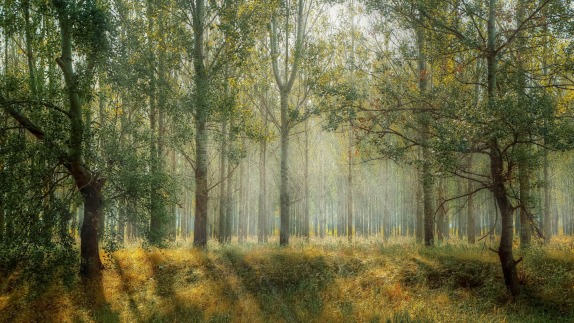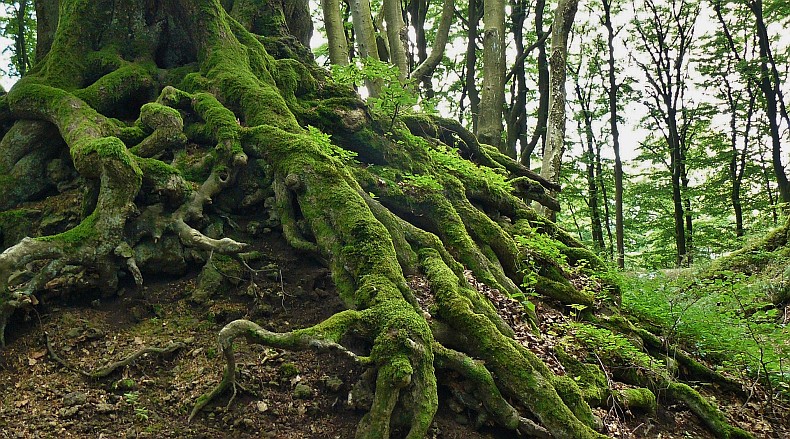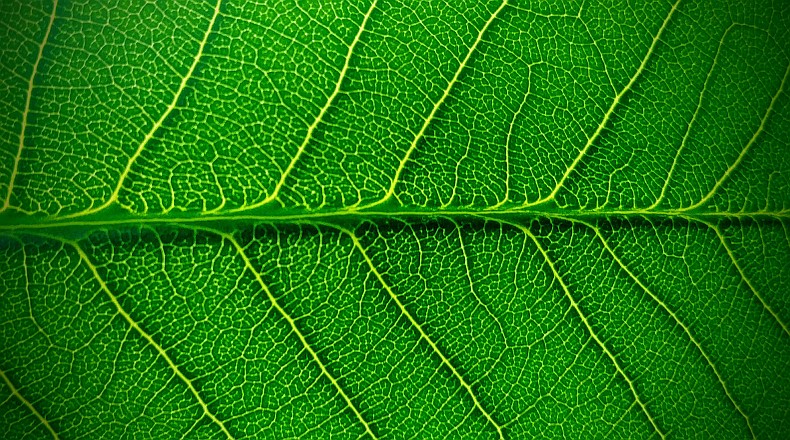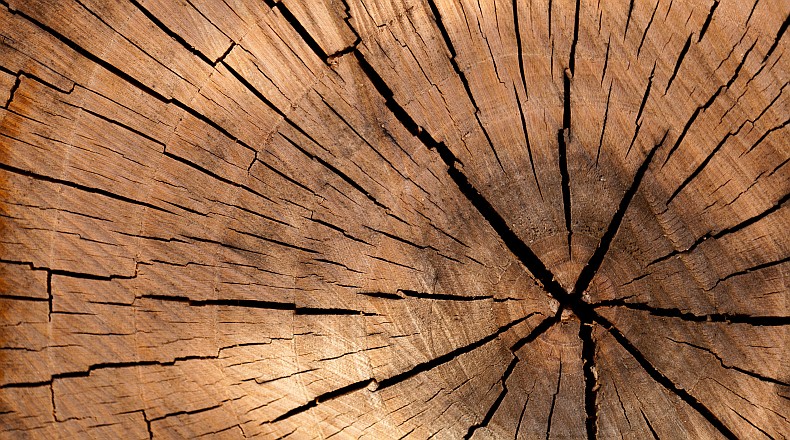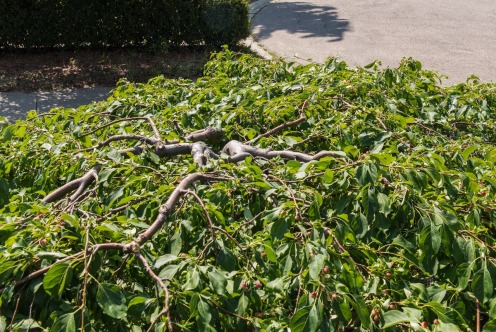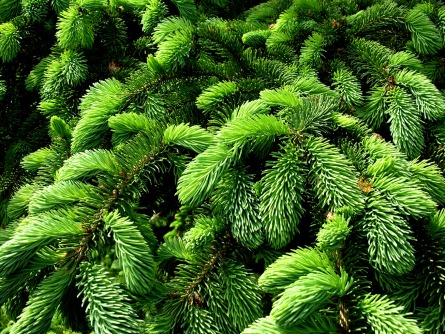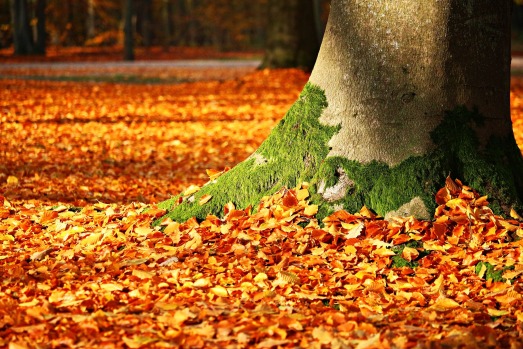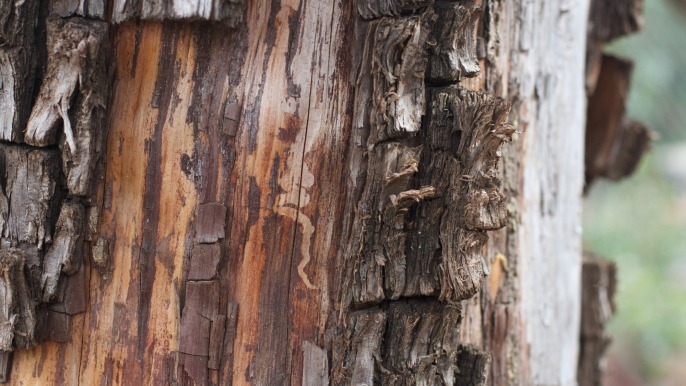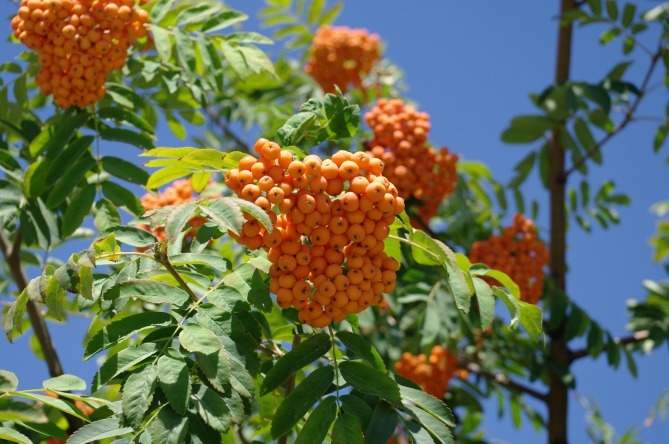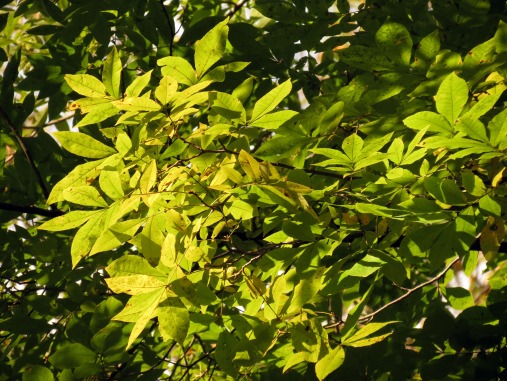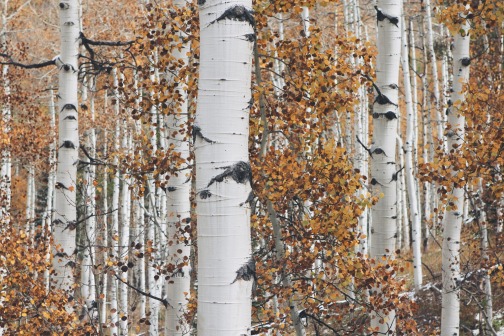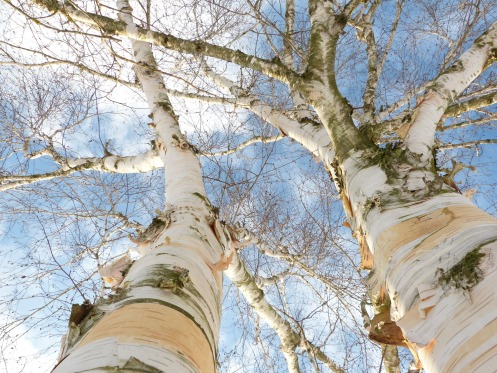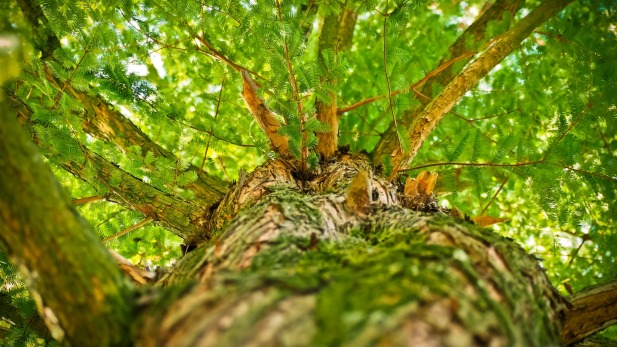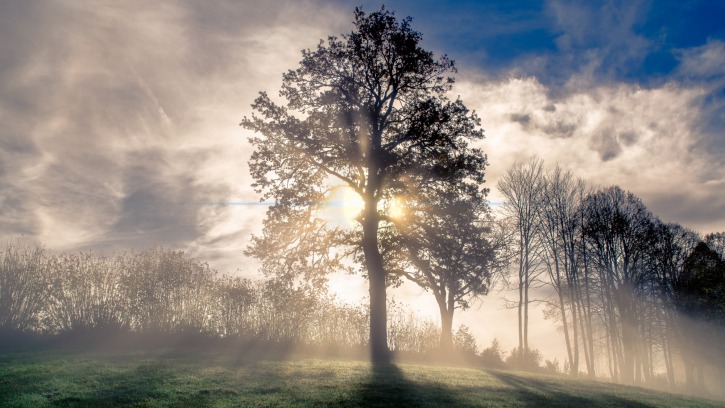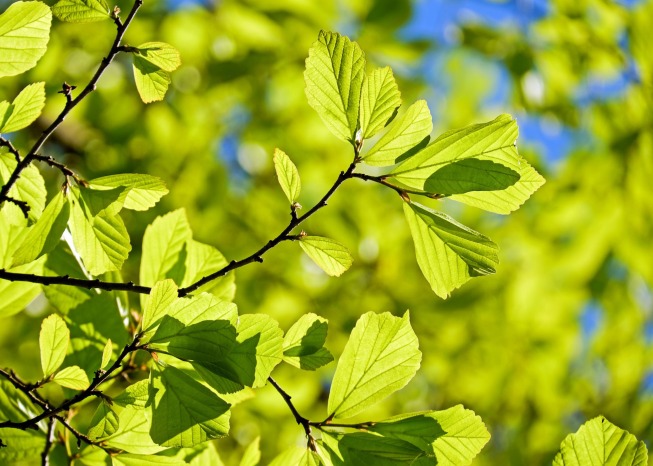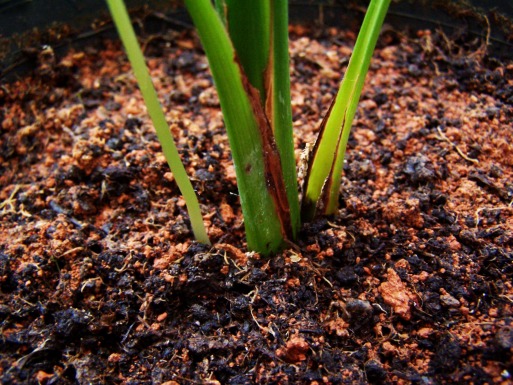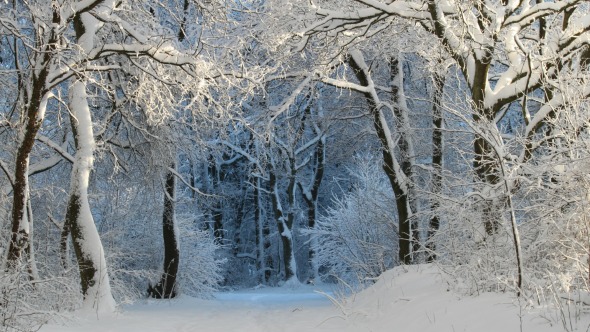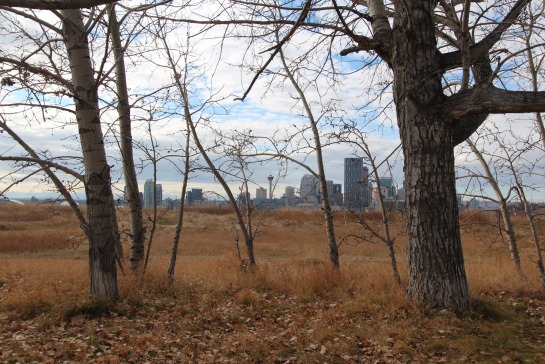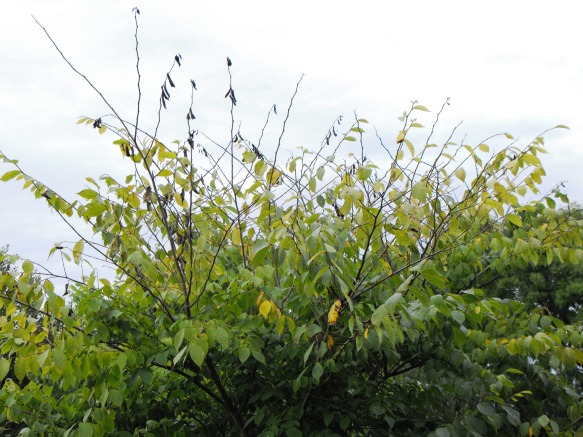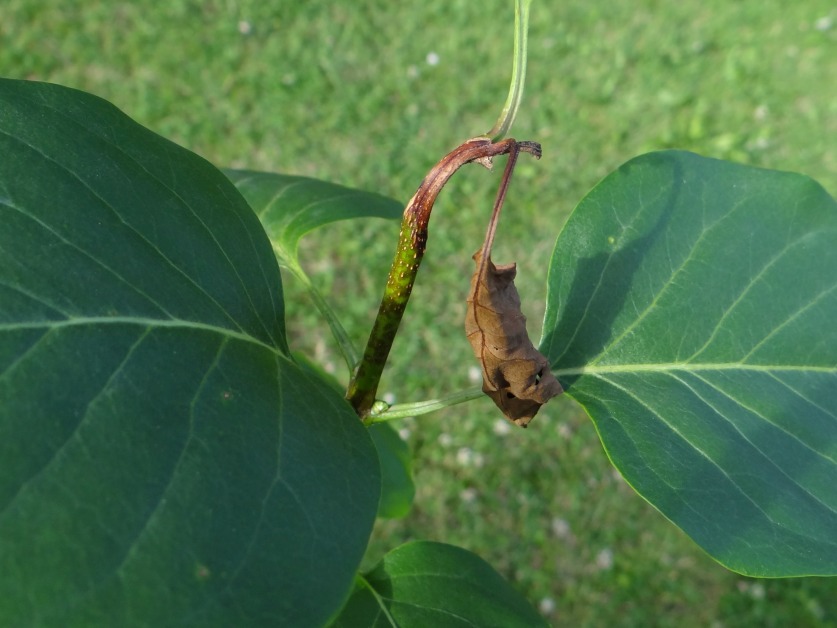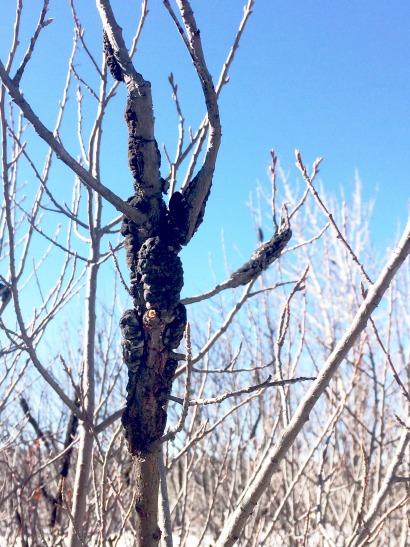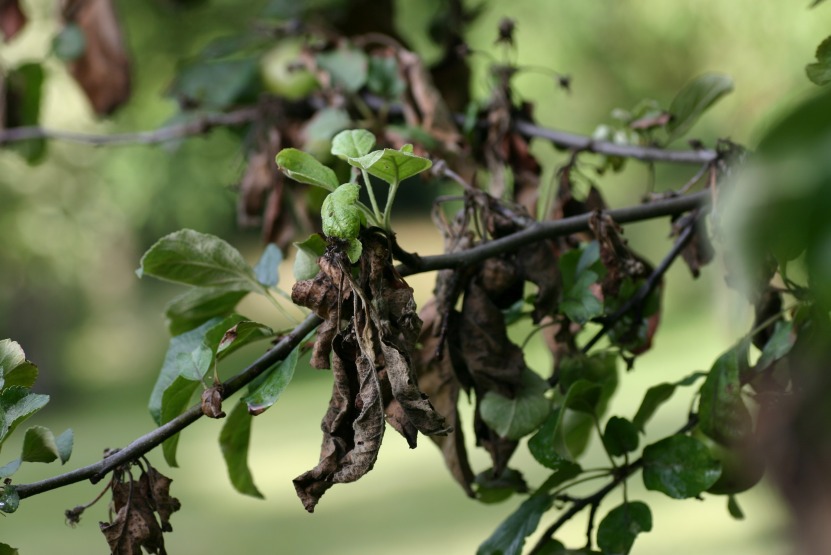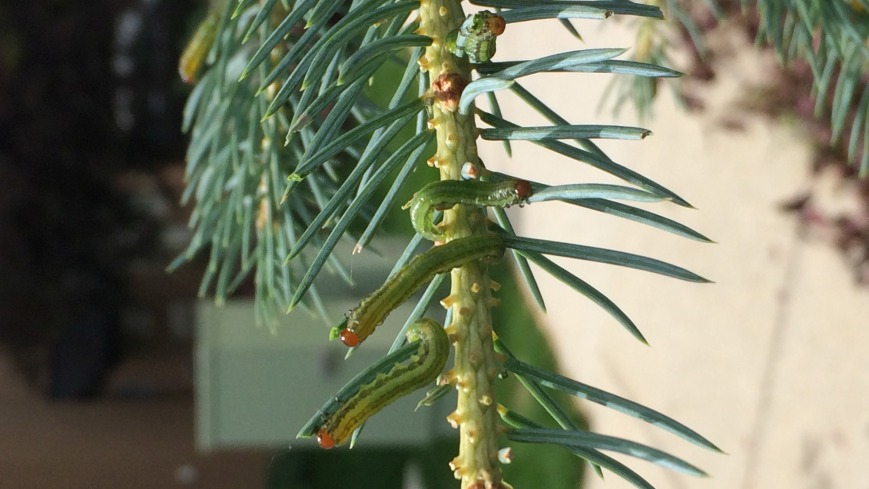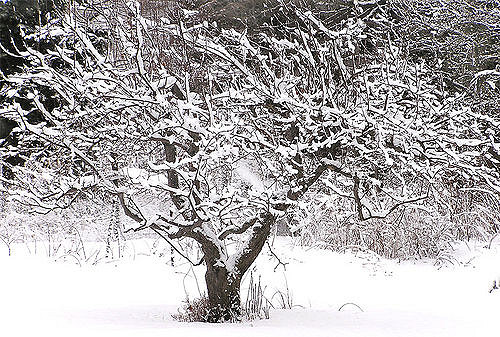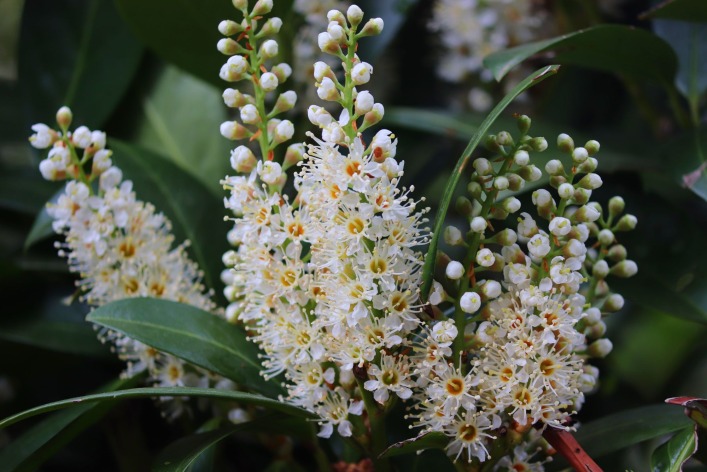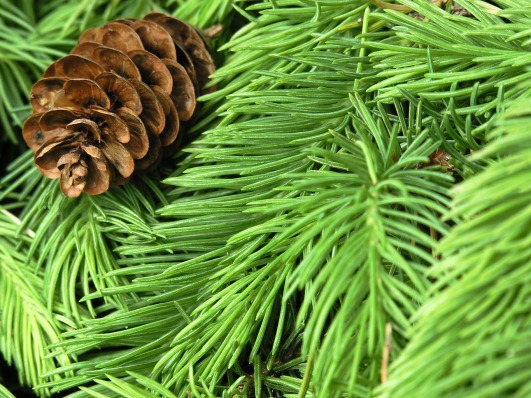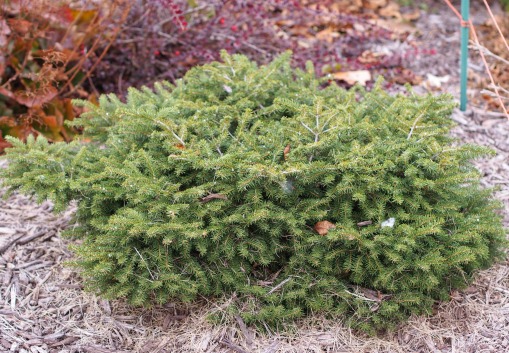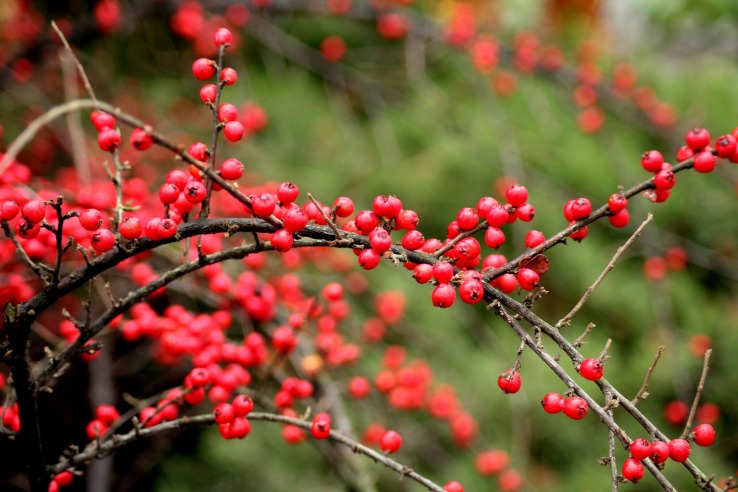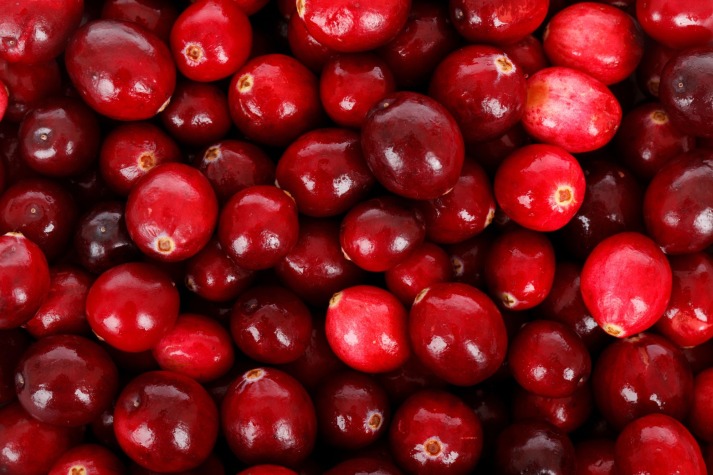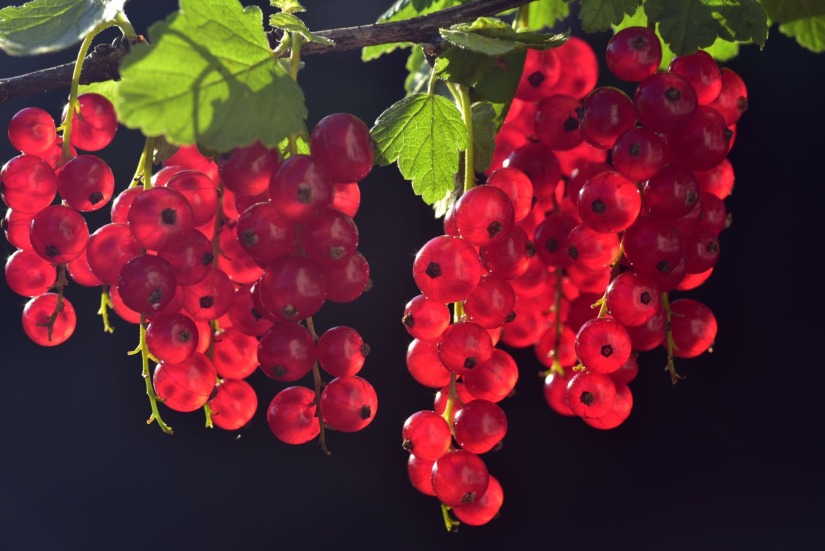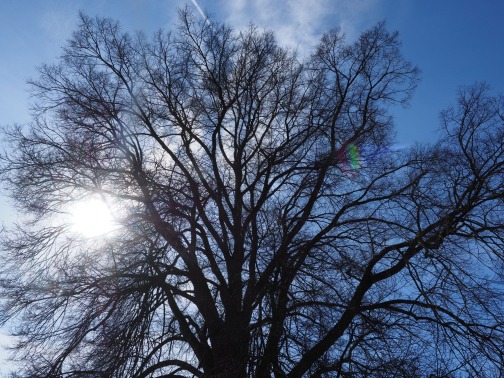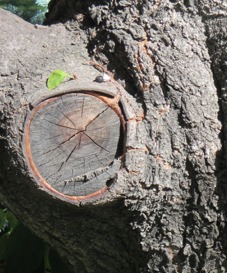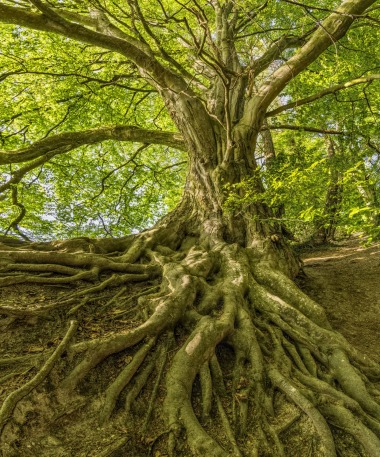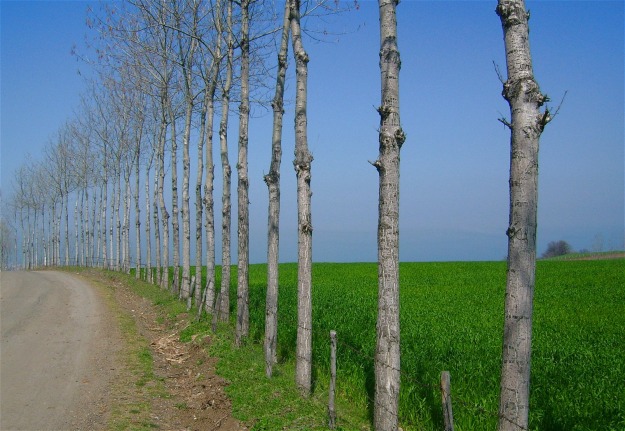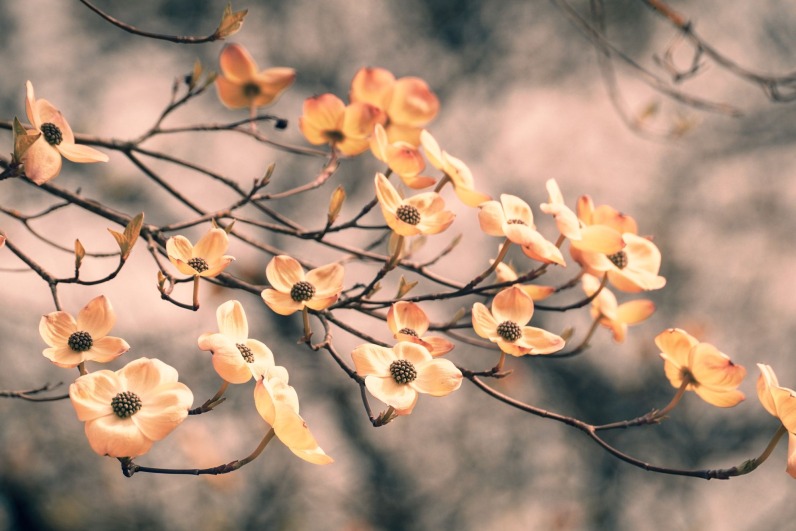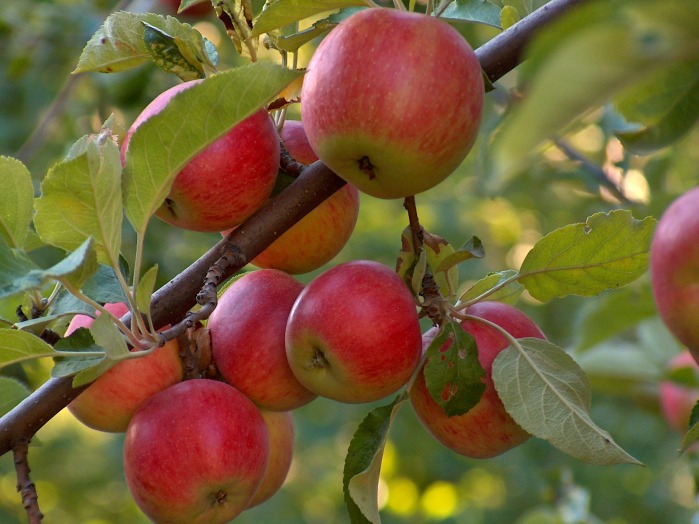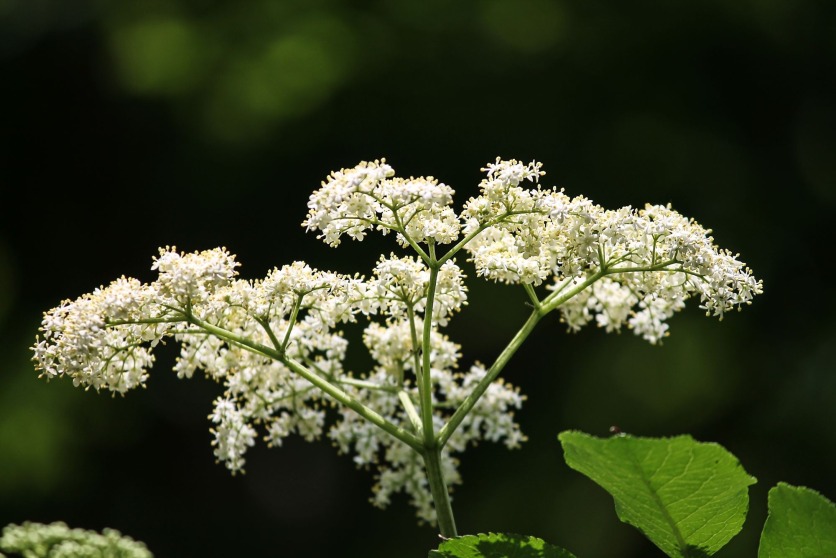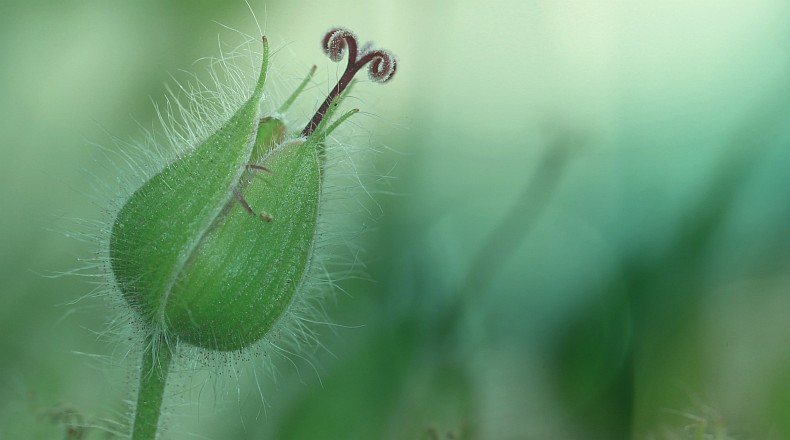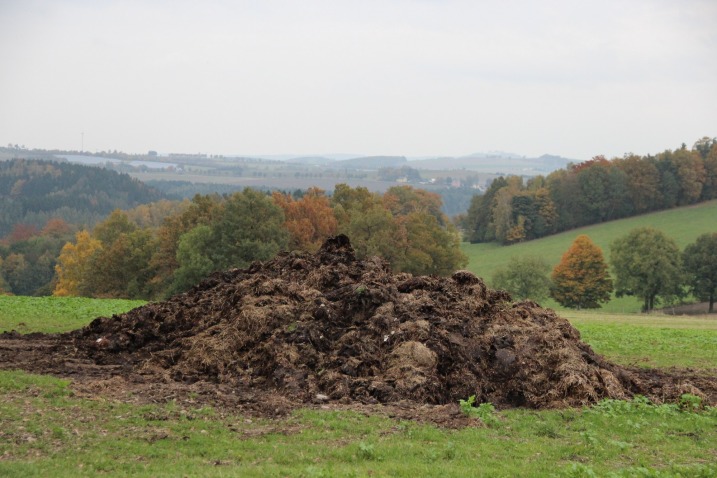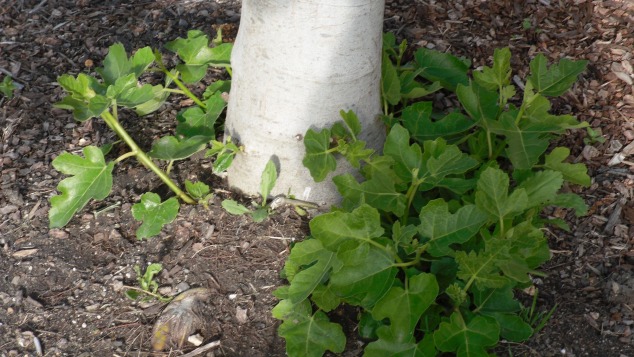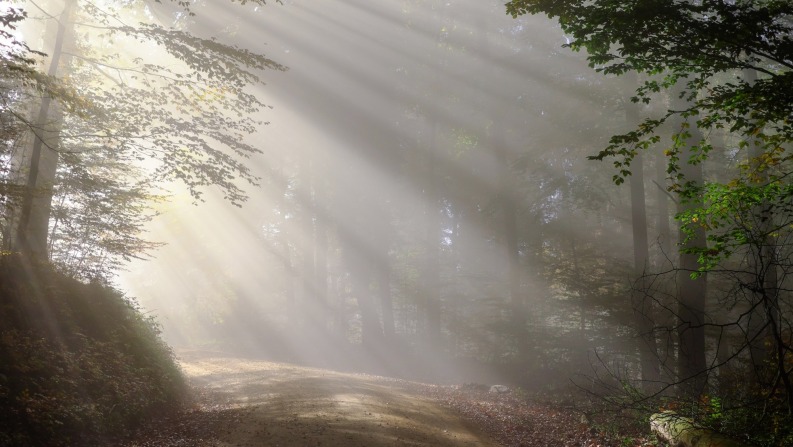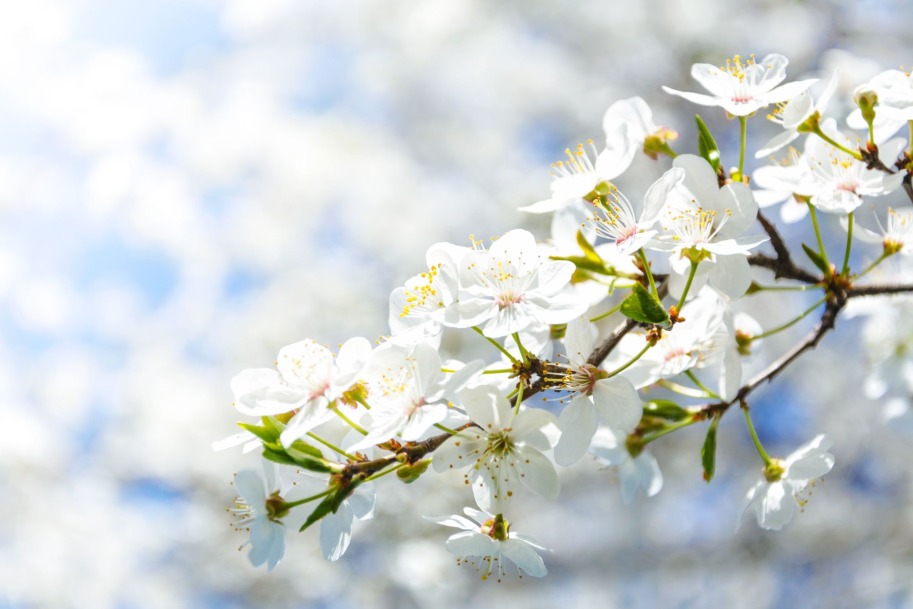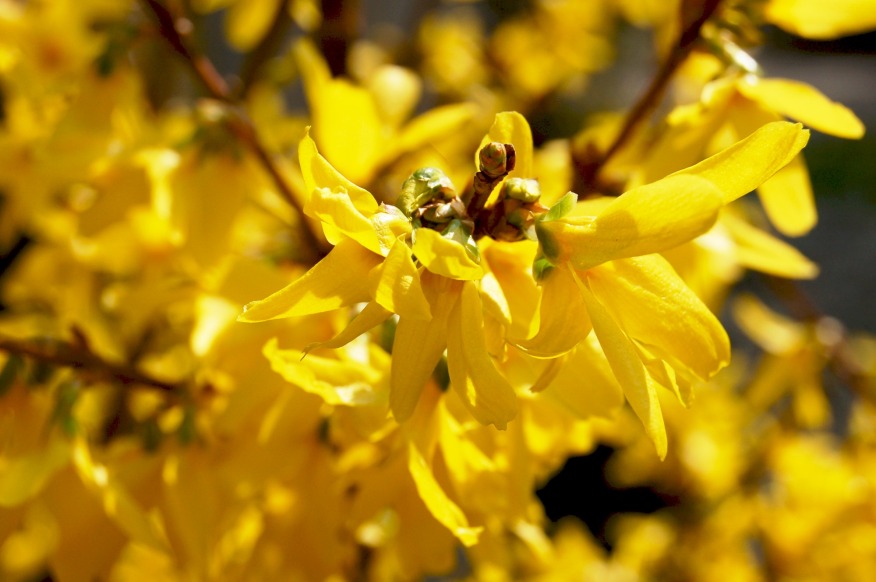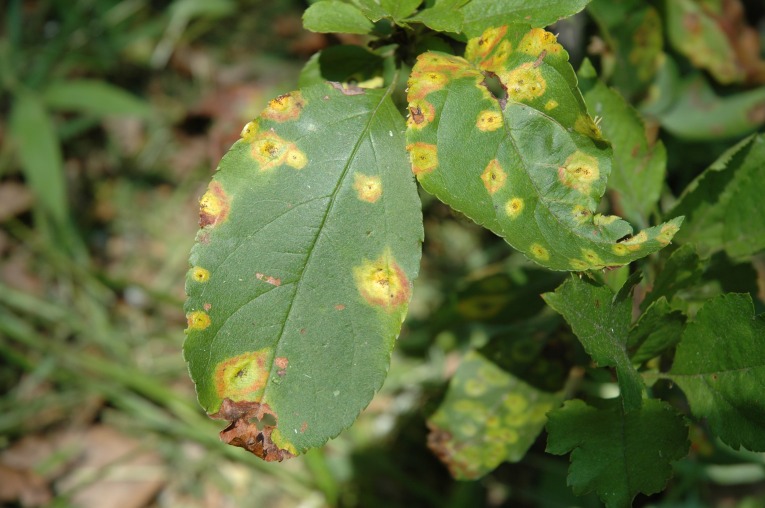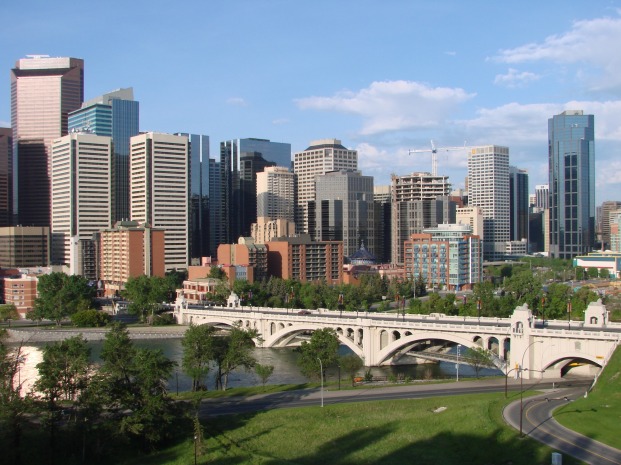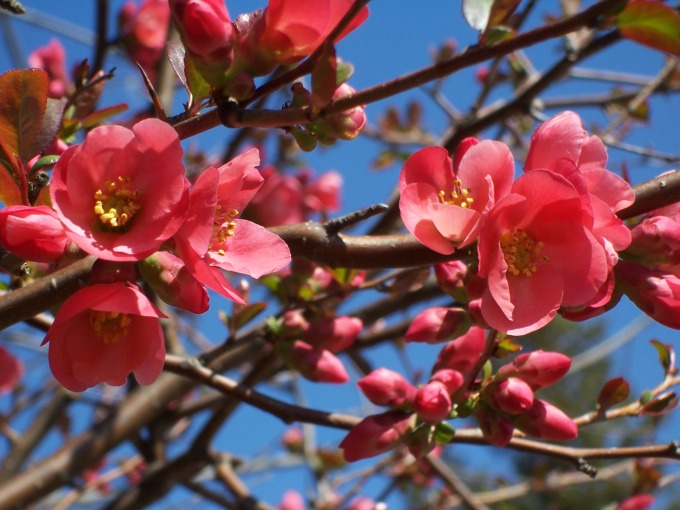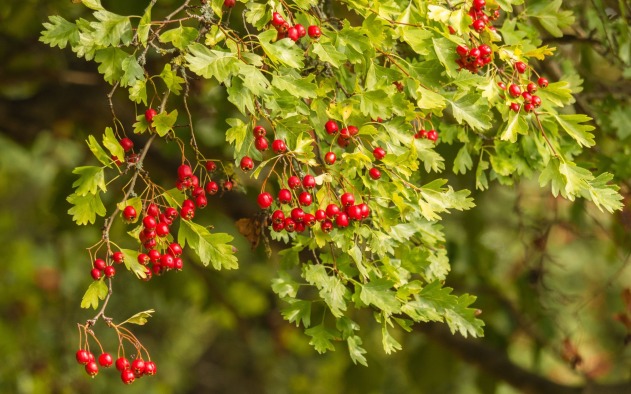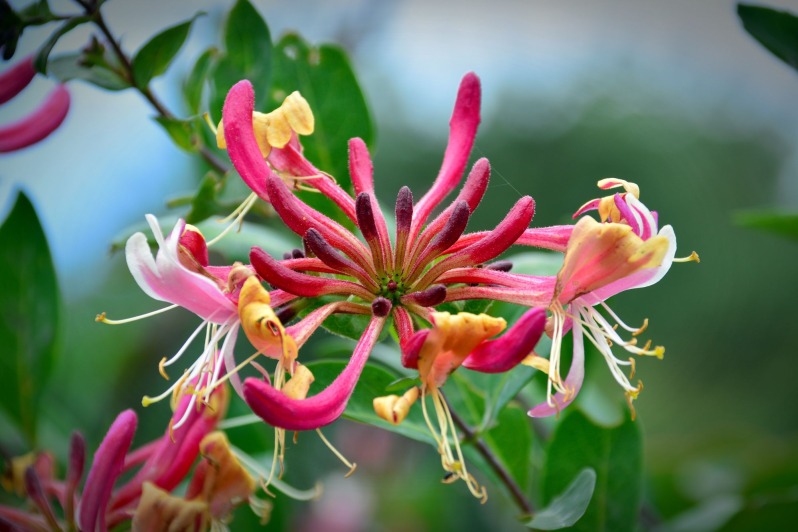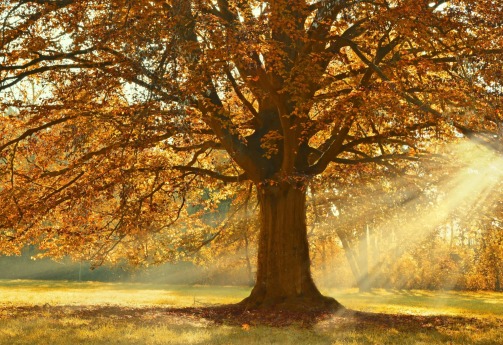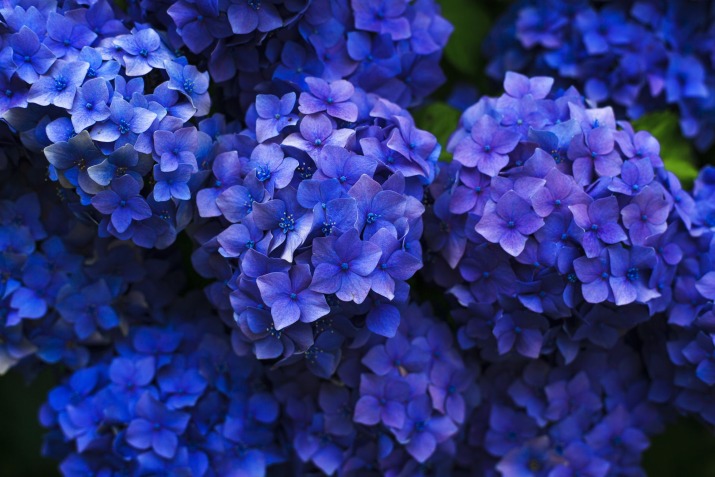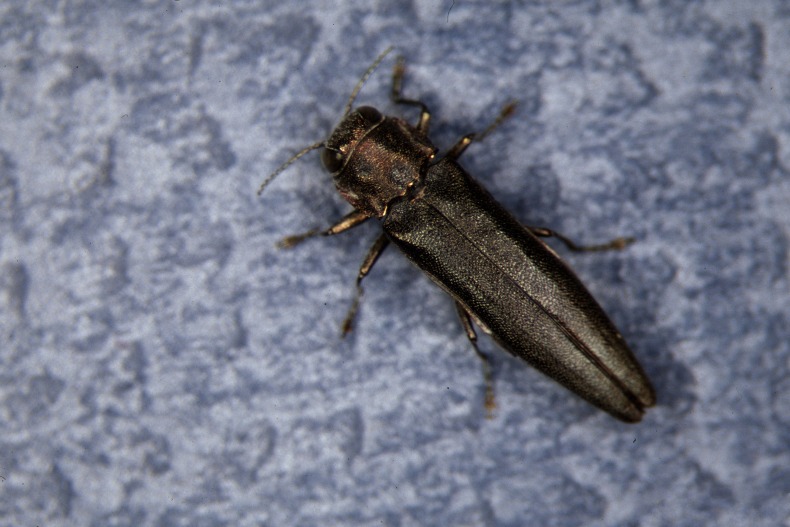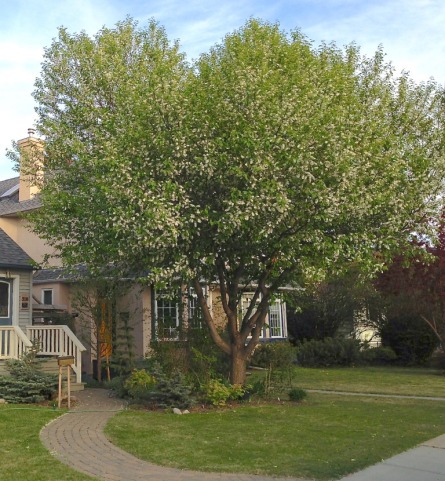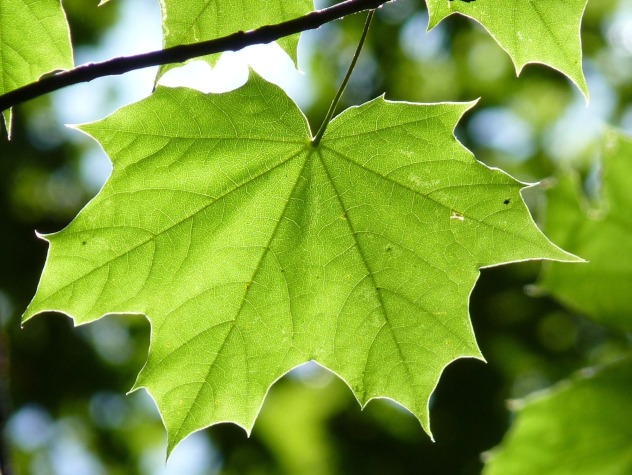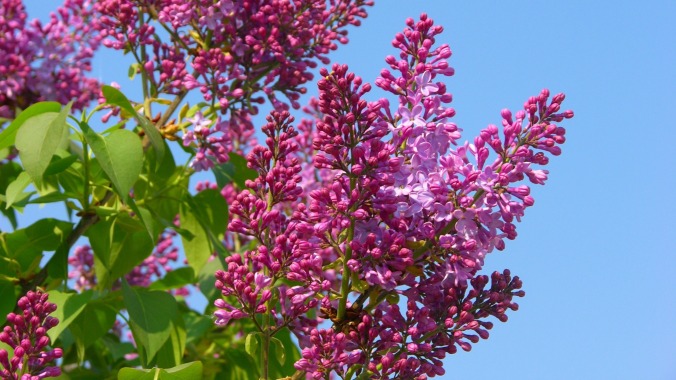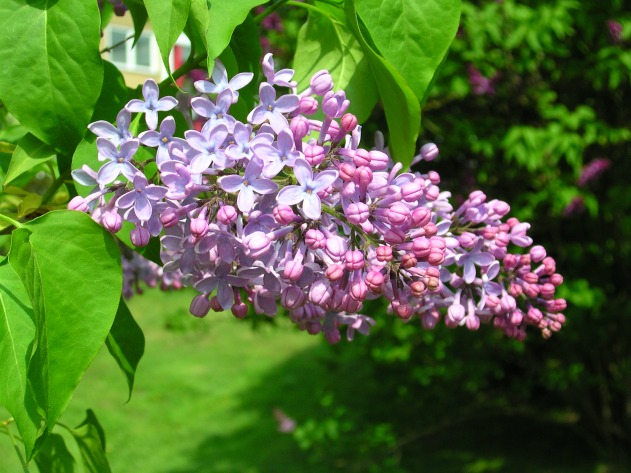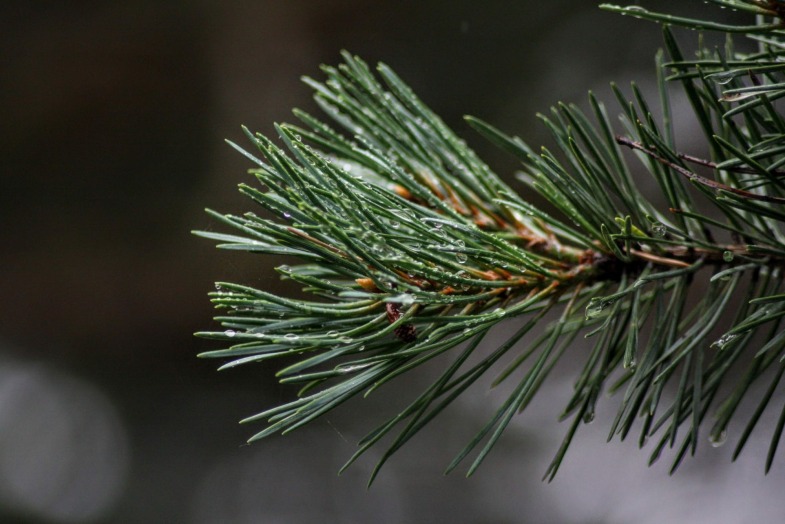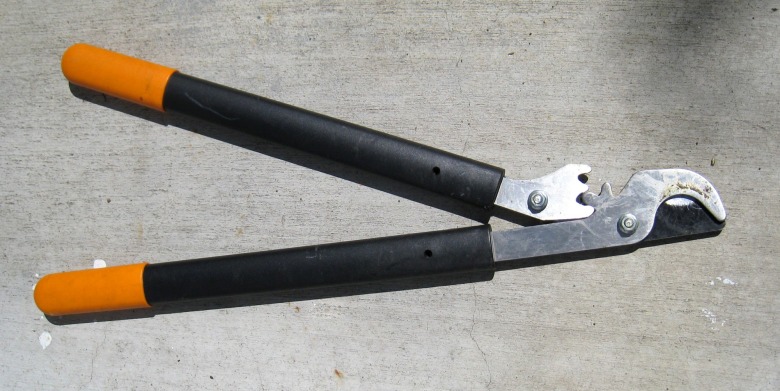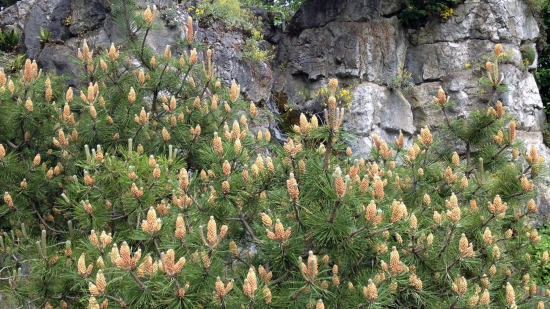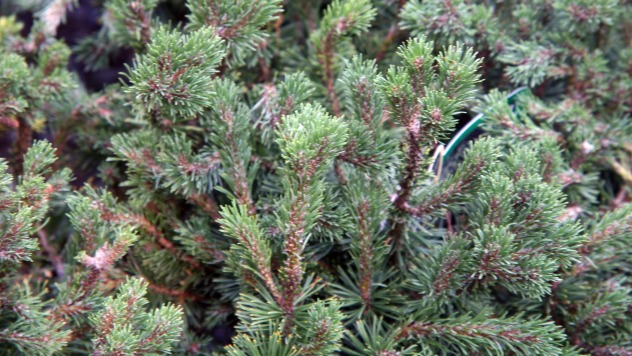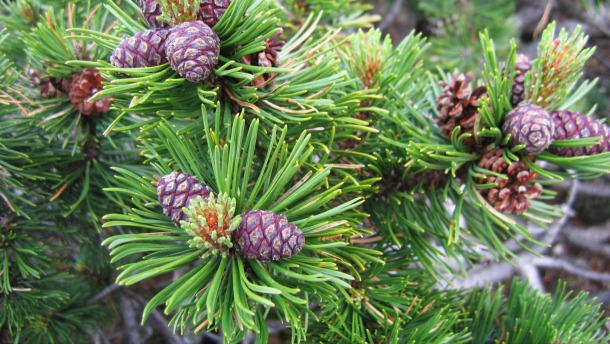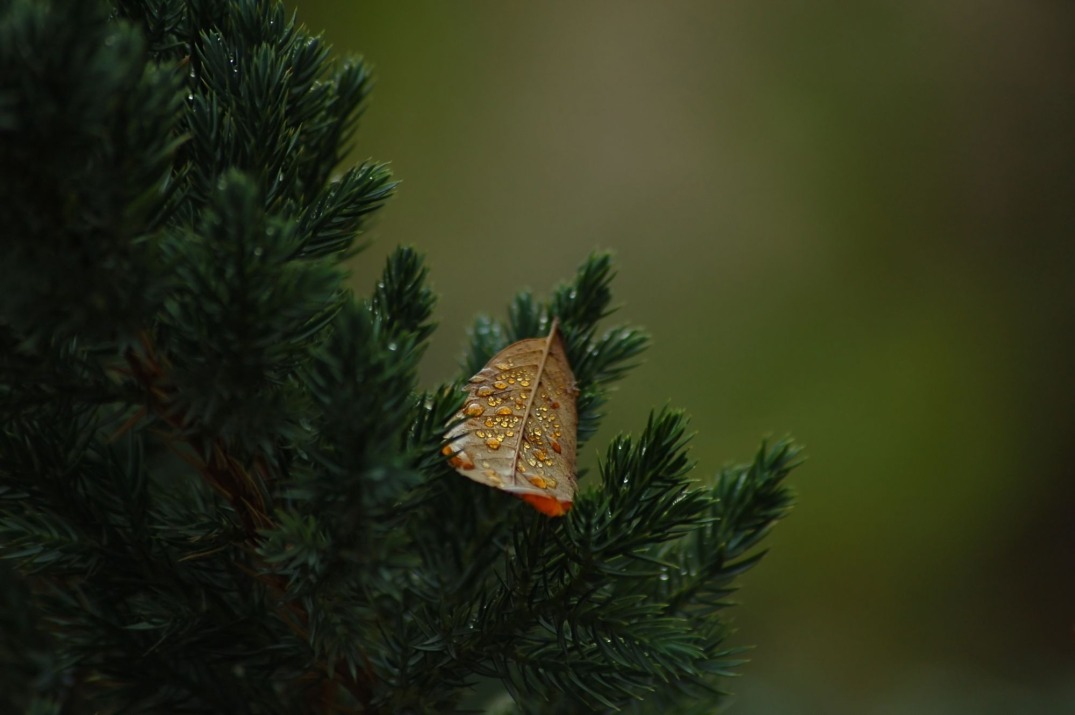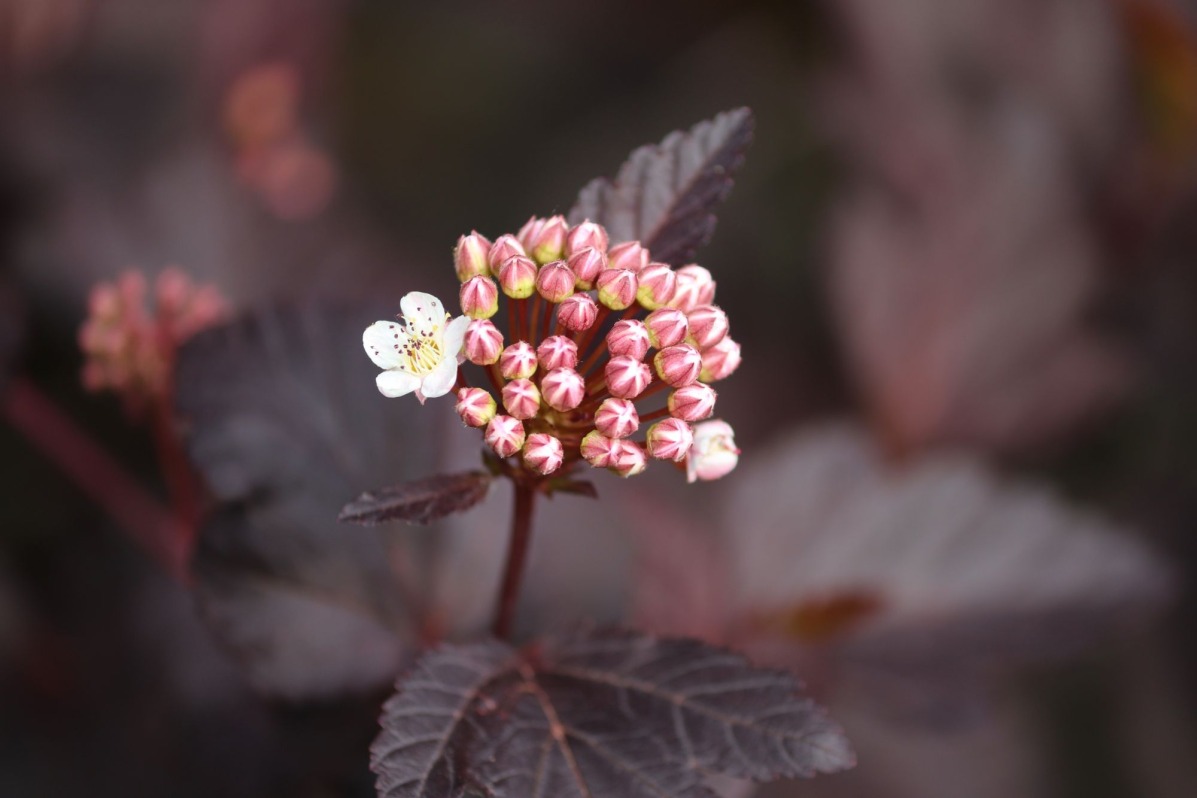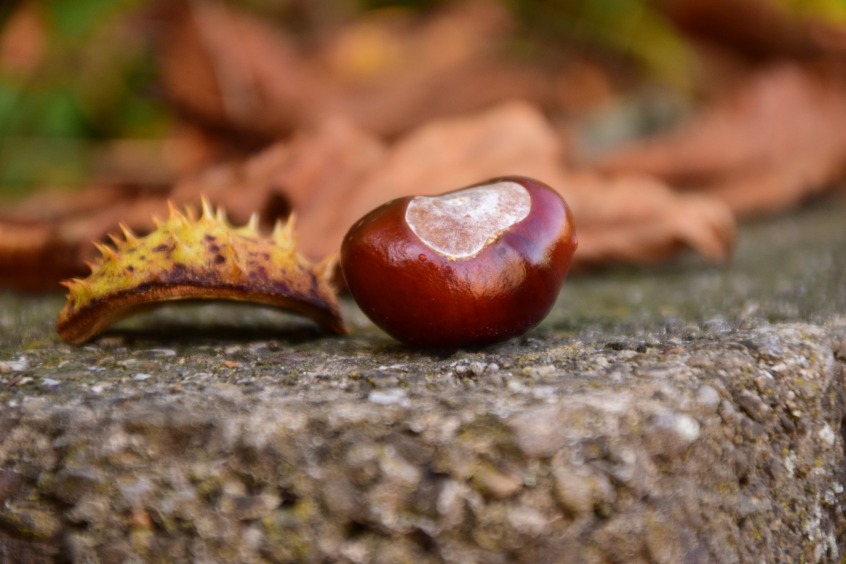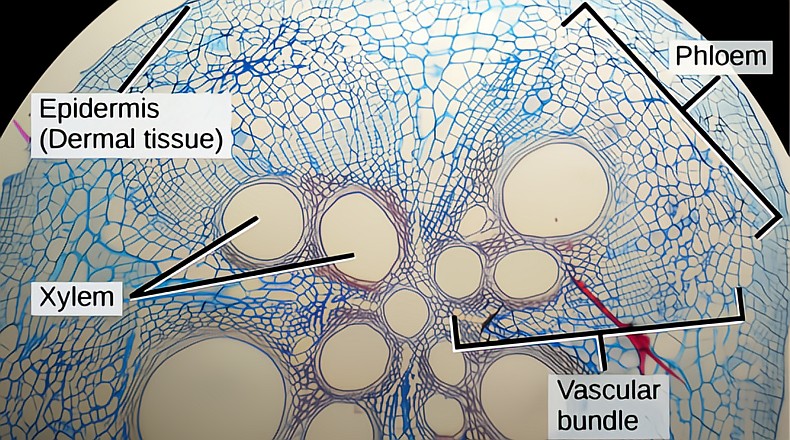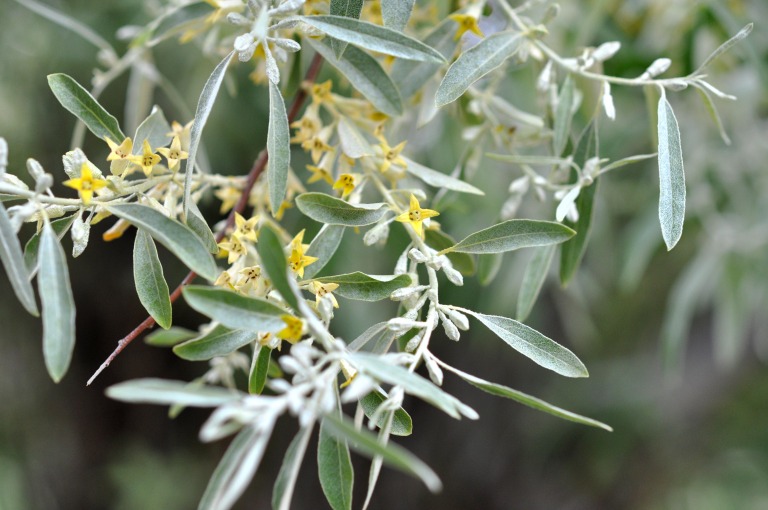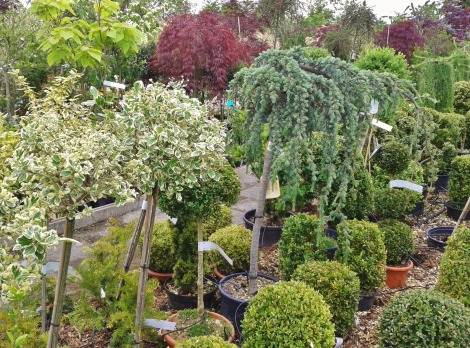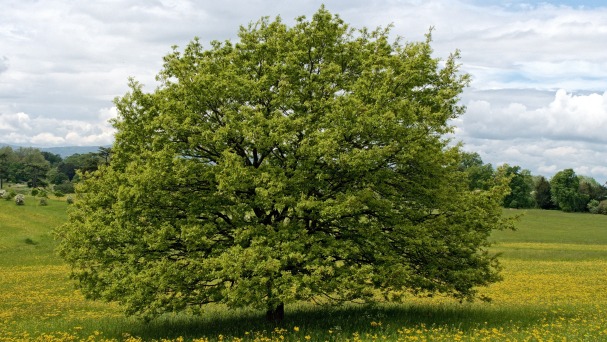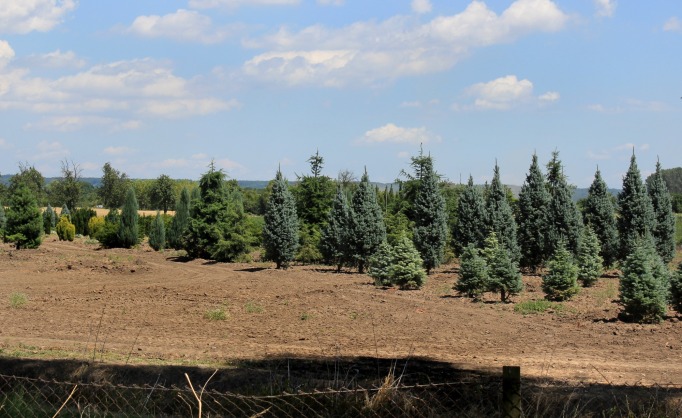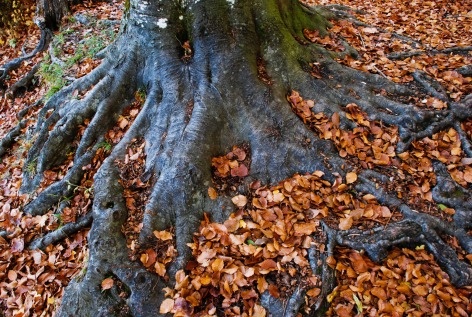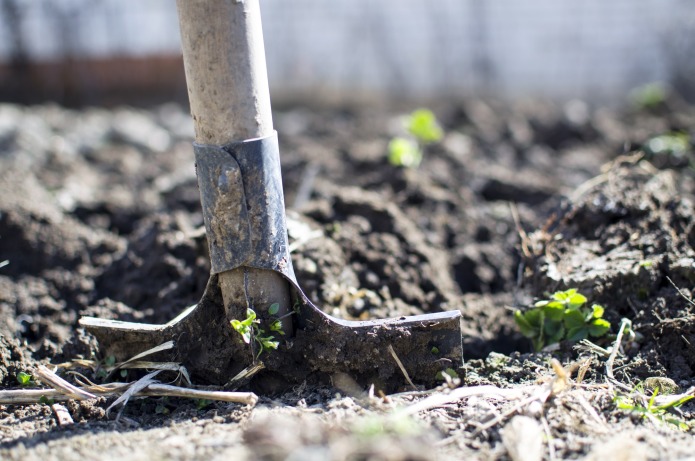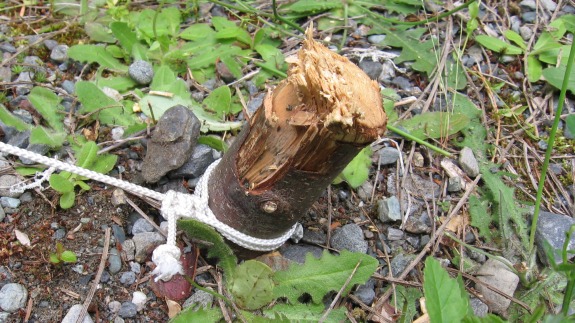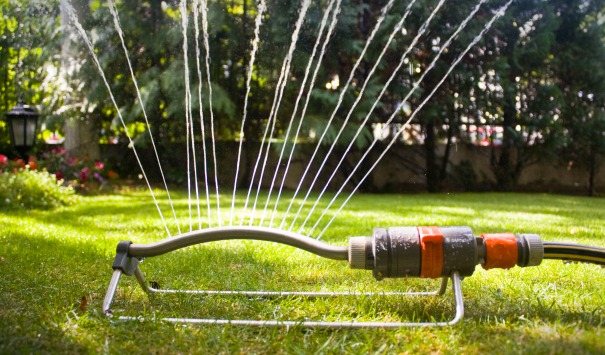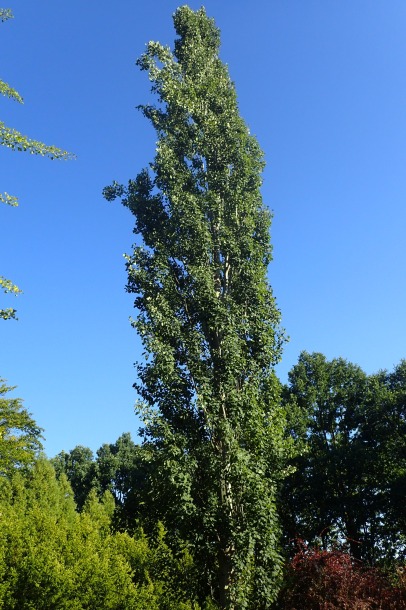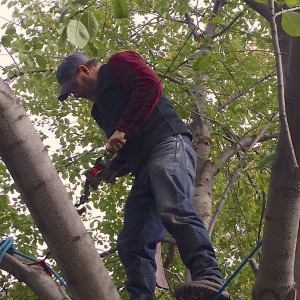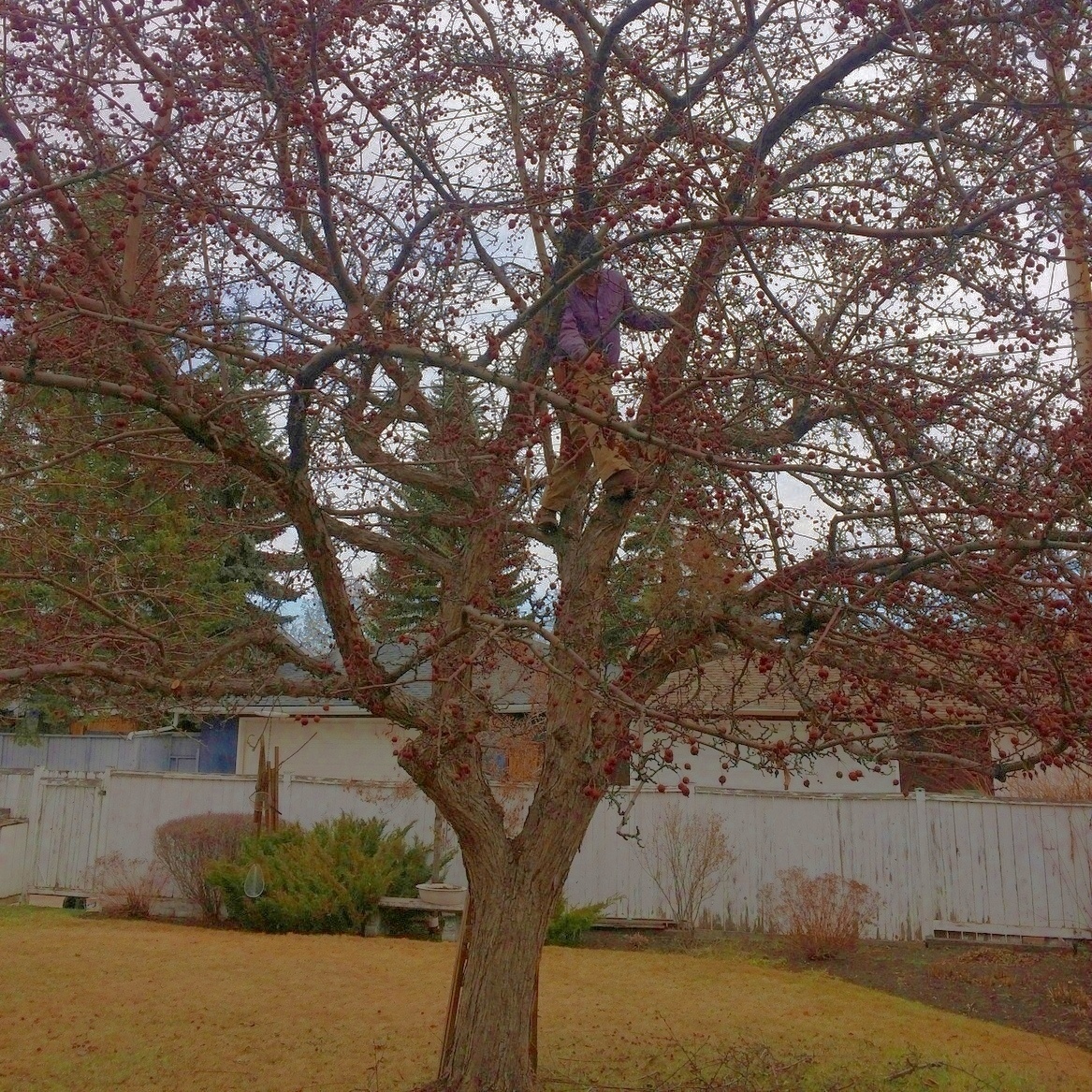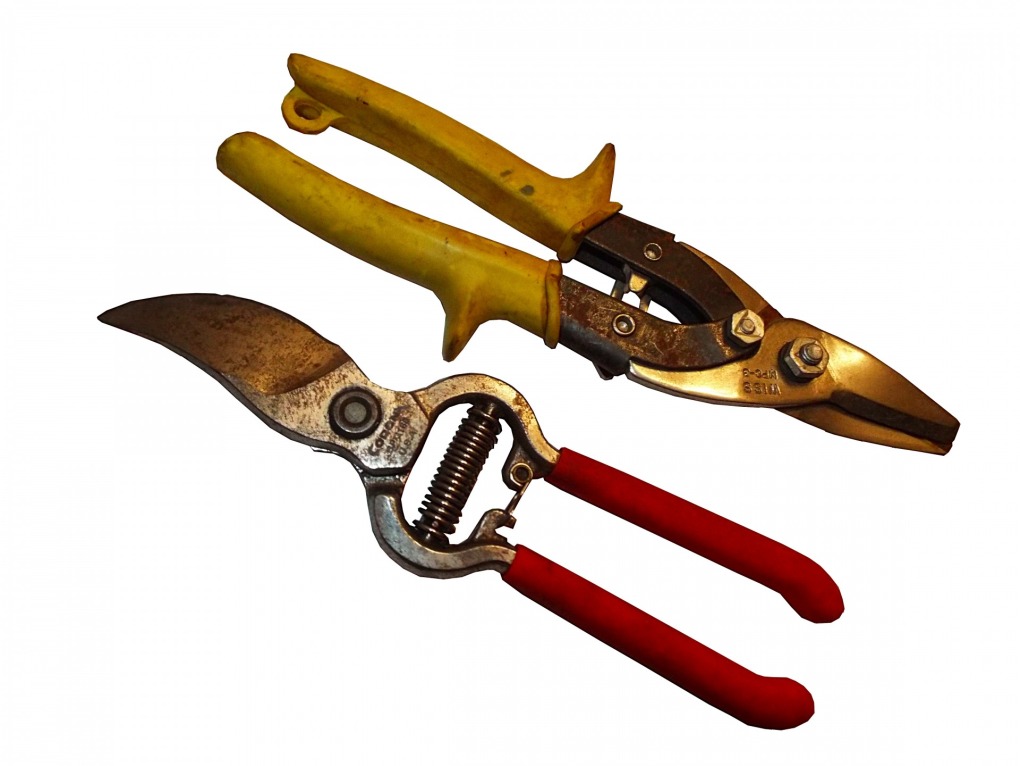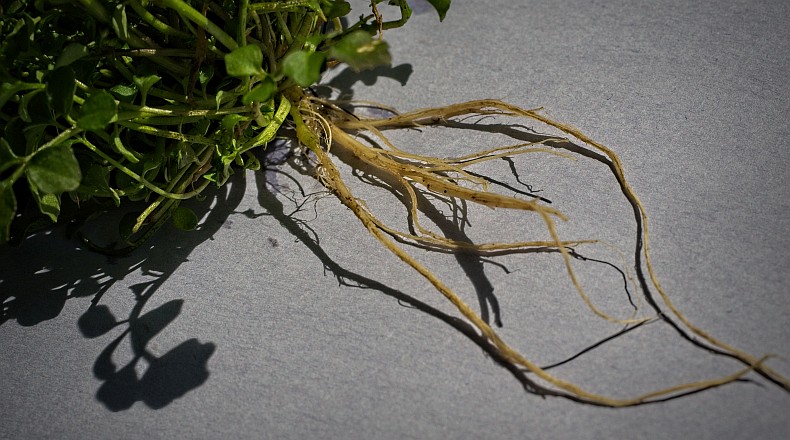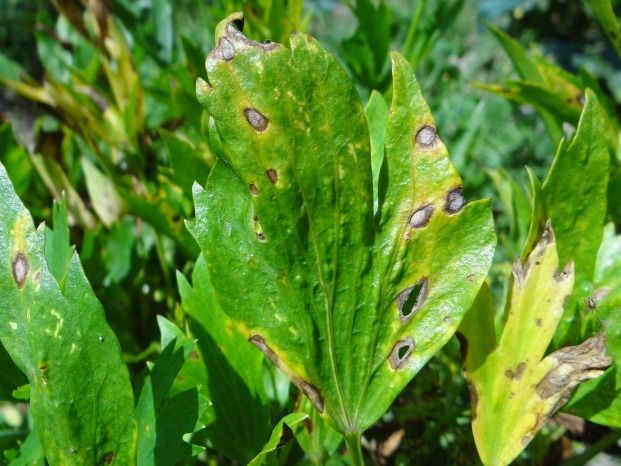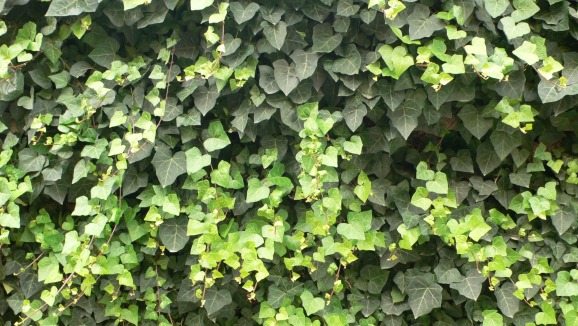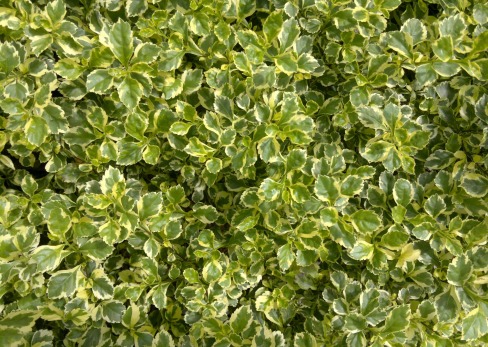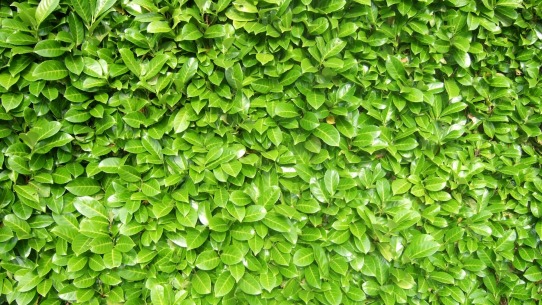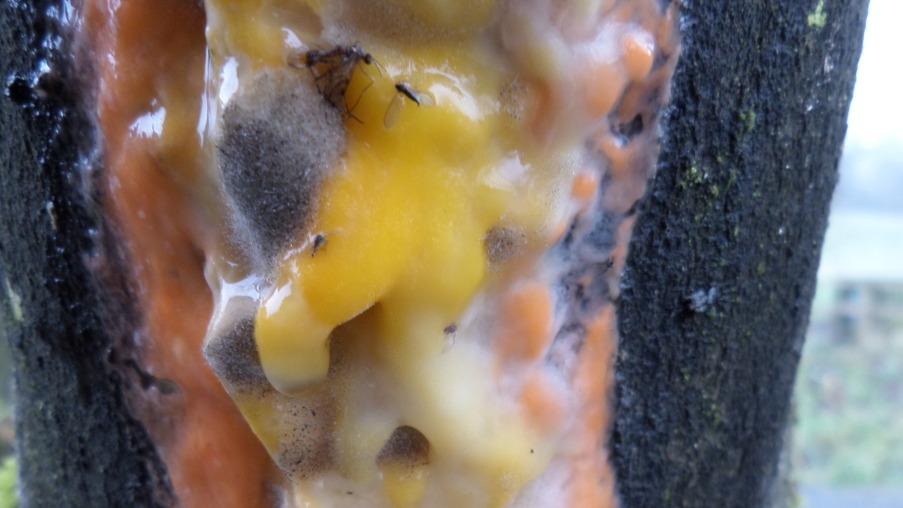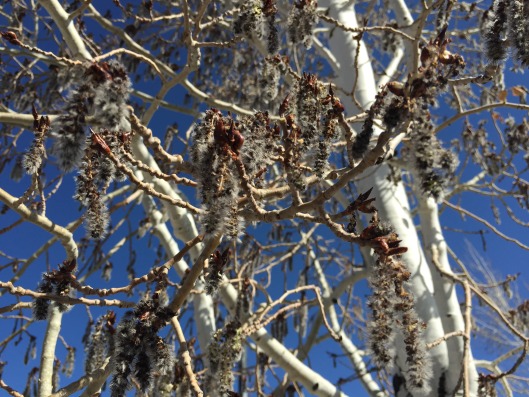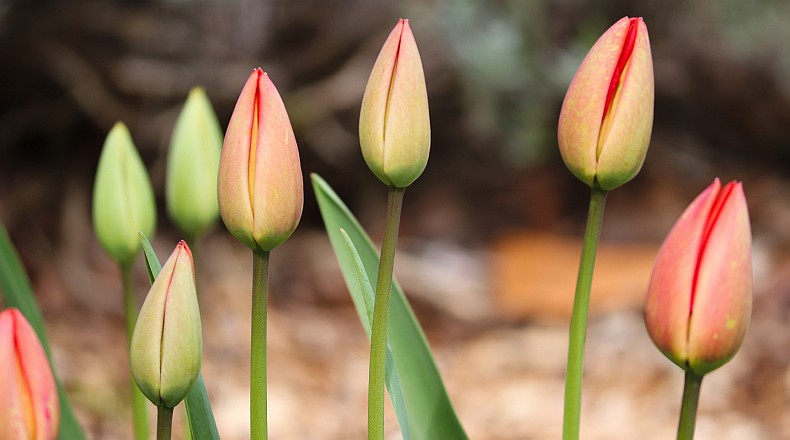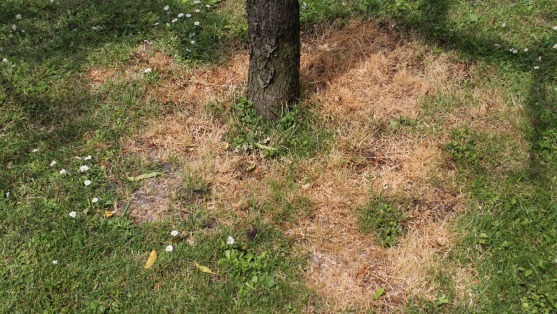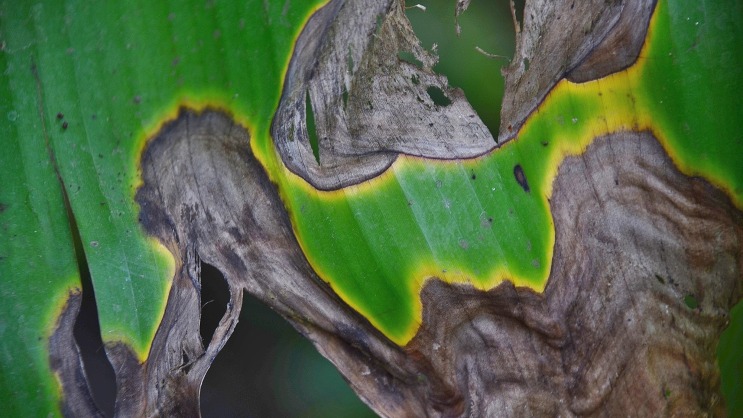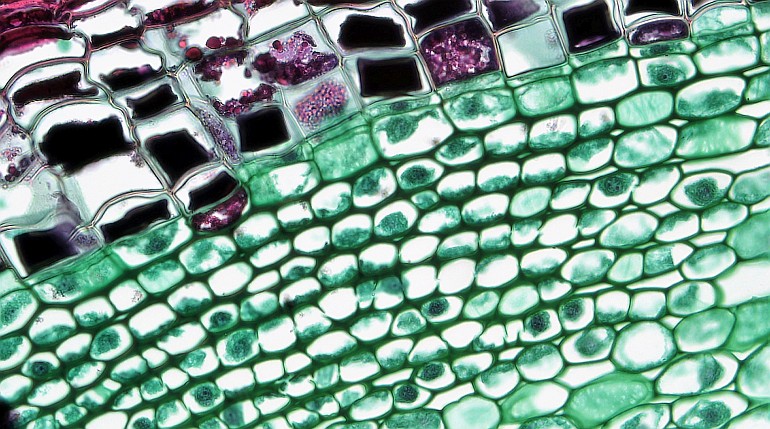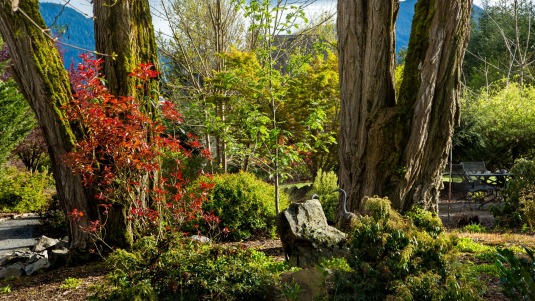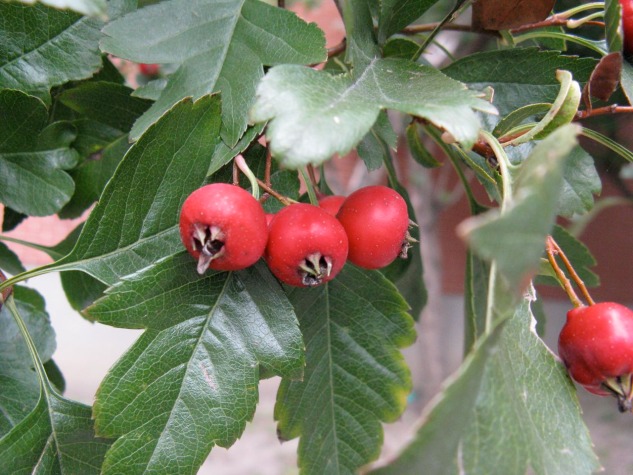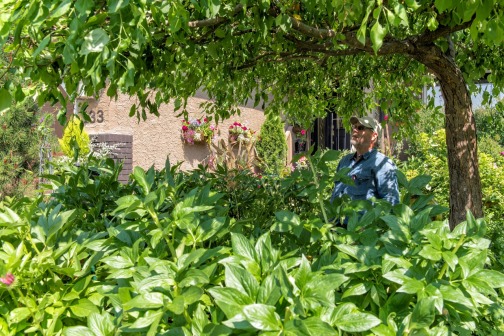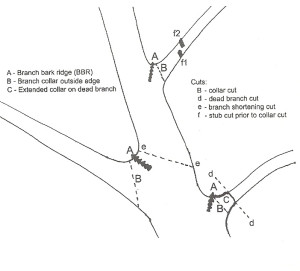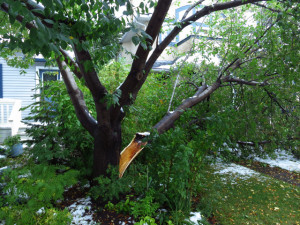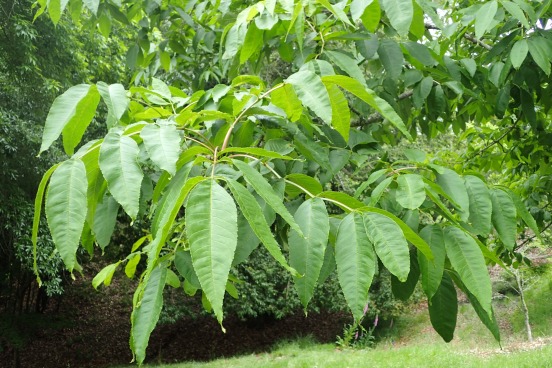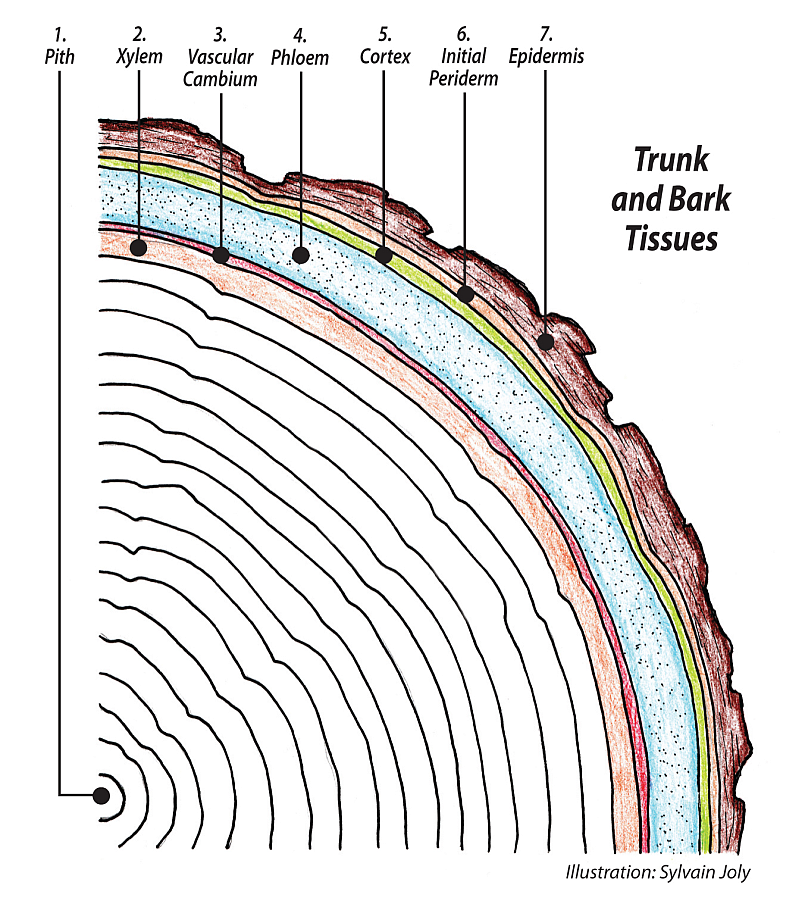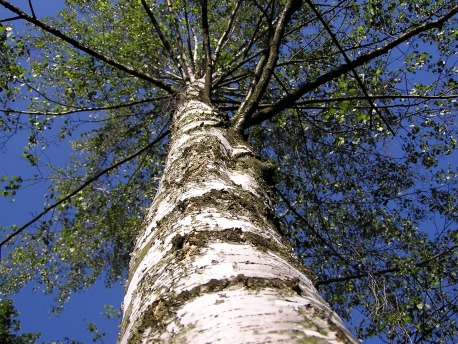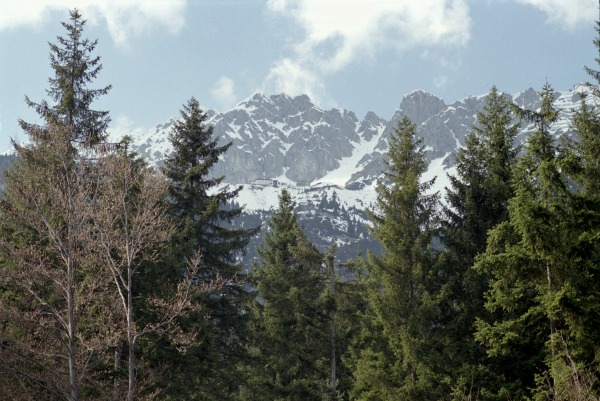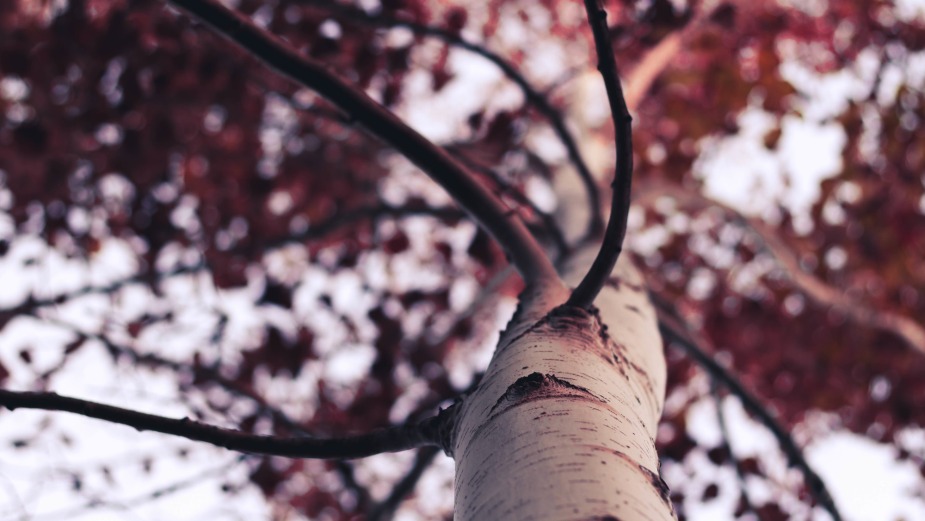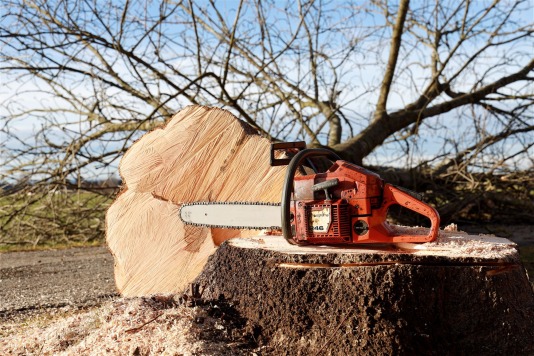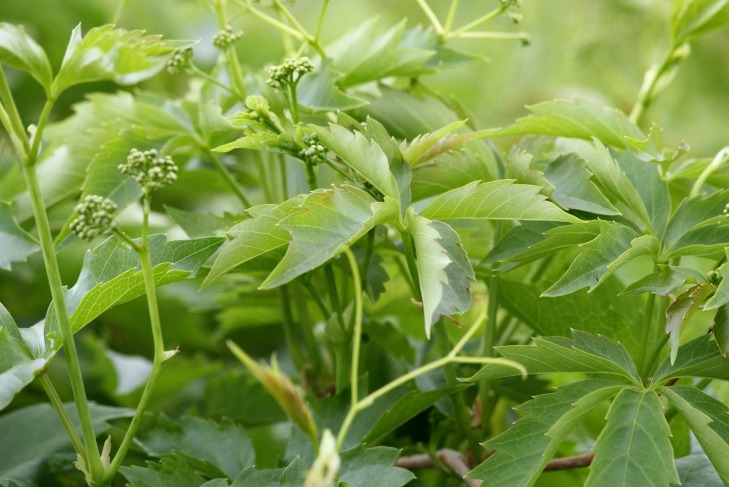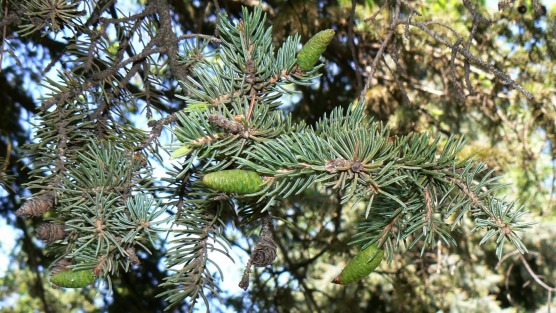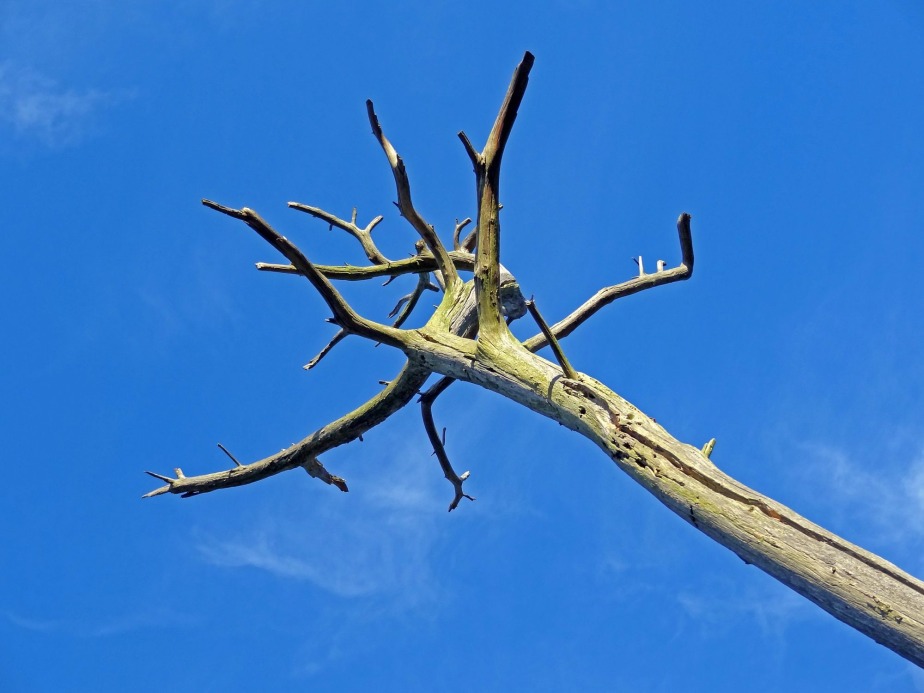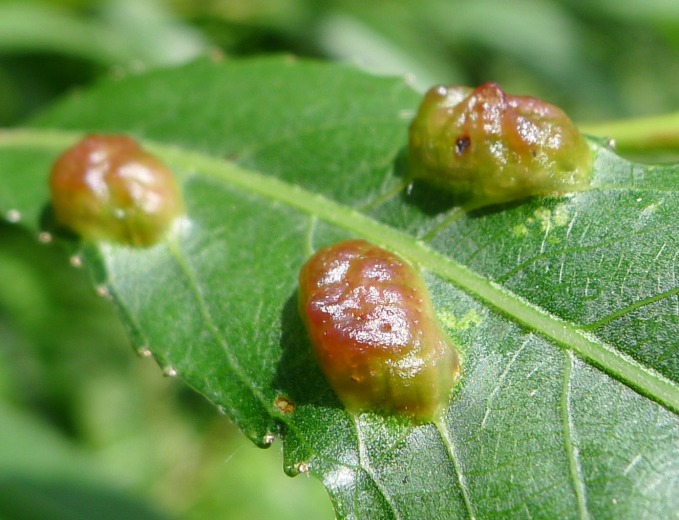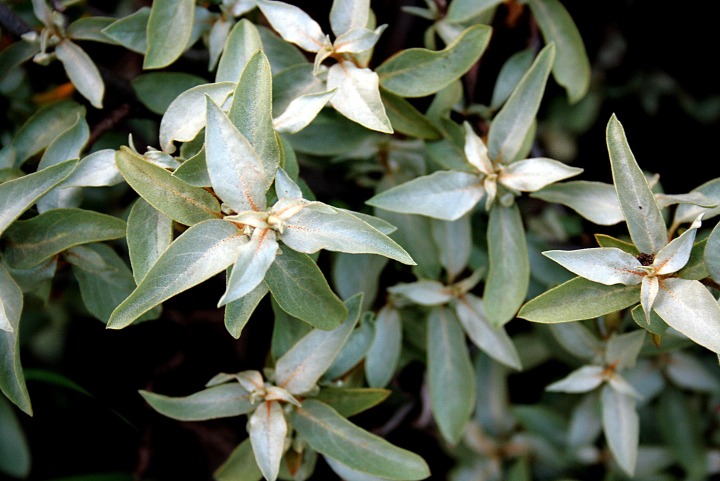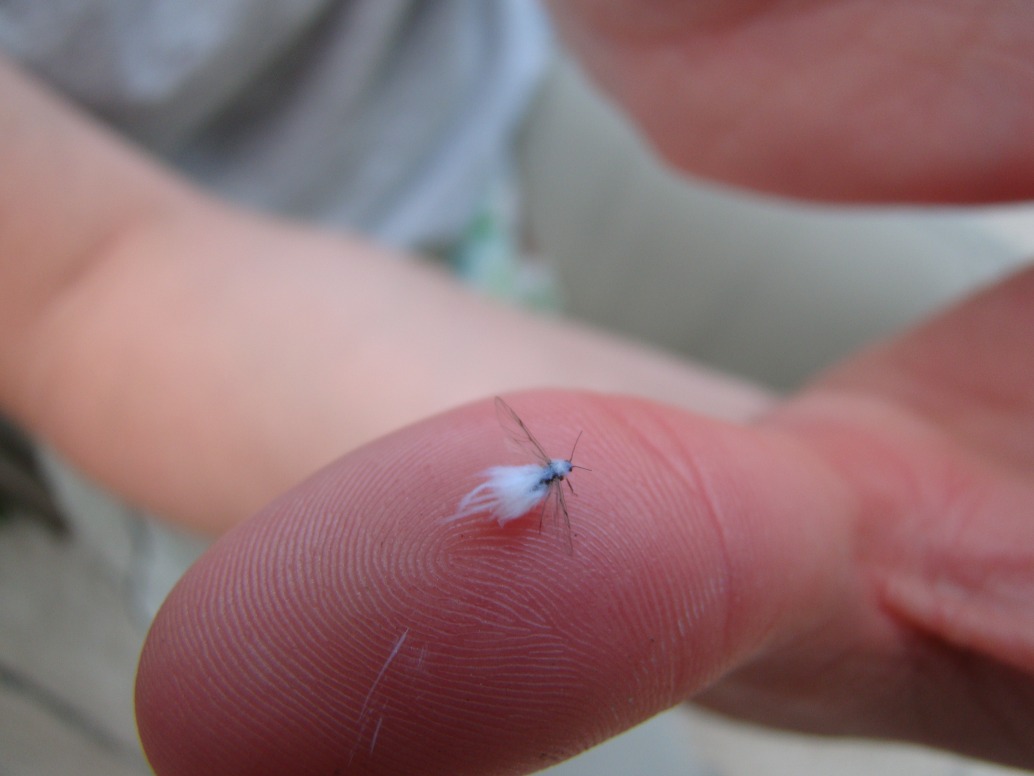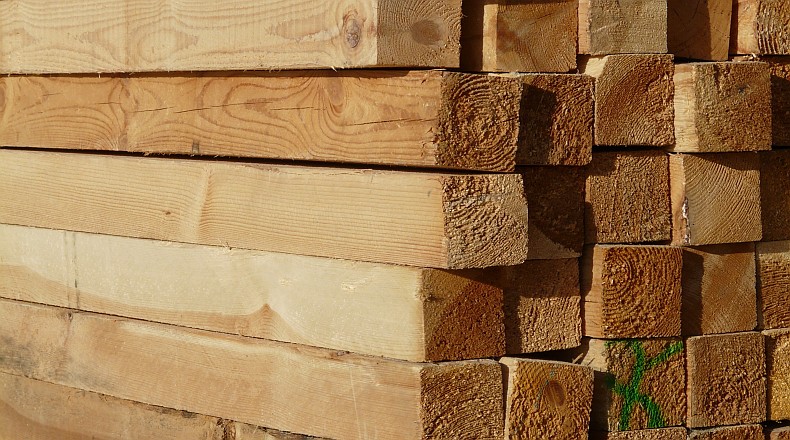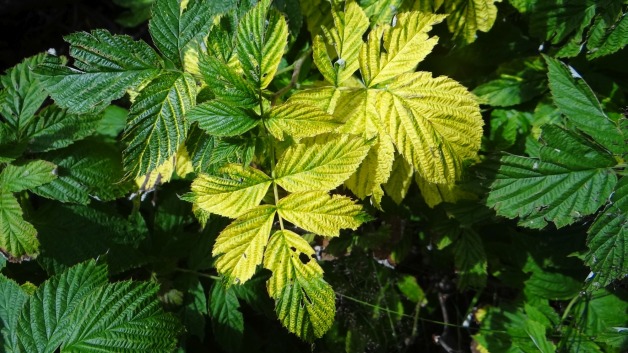The one downside to many shrub varieties is their annual sucker growth. Suckers are shoots growing from the base, the root crown and surrounding area roots. I have seen decades-old lilacs ignored and allowed to run nature’s course. They don’t look too bad, but so thick that a mouse might need a map. It becomes impossible to tell where the lilac and its many shoots begin and end. Indeed, there is no end; it is just one huge old lilac whose upper circumference is matched by that of the width of its shoots. These old tangles are a major pruning job and take hours to clean out. If you have the space and can live with extra-shaggy, then don’t prune.
Little tree method:
Most shrub pruning is done to achieve specific visual goals, and a look I call “little tree” is the most popular. Little tree refers to a shrub that has been cleaned out at the bottom, all suckers removed, and a balanced group of clean old stems left to spread and flower. This allows light to get to the surrounding soil so that under-story plants can also thrive. It also shows off the shrub to its best. Almost all flowering shrubs that we grow look very good pruned this way. The secret to yearly maintaining shrubs in little tree mode, is this: when the new suckers appear and are only inches high and still green, they can be easily pulled out by hand. No saws or loppers are required. When small green suckers appear—and they will—pull them out by hand while you still can. Perhaps another garden task is not what you were looking for but this is the easiest and cheapest method of all.
Tree Care Articles
Shrub Pruning 3 - Final
- Details
- Written by Kevin R. Lee Kevin R. Lee
- Published: 29 December 2019 29 December 2019
Articles Index
- A Mind Set for Healthy Trees
- A New Tree Care Philosophy
- A Practical Working Model of Your Tree, Part One: Mostly Roots
- A Practical Working Model of Your Tree, Part Three: Leaves
- A Practical Working Model of Your Tree, Part Two: Trunk and Stem
- A weeping apple, some deer, and an arborist
- A Year in the Life of Your Tree - 1
- A Year In the Life of Your Tree - 2
- A Year In the Life of Your Tree - 3
- A Year In the Life of Your Tree - 4
- A Year In the Life of Your Tree - 5
- A Year In the Life of Your Tree - 6
- A Year In the Life of Your Tree - 7
- A Year in the Life of Your Tree - 8
- An arborist thinks on compartmentalization
- An Arborist's Education
- Ash Leaf-Cone Roller
- Ash Trees
- Aspens
- Birch
- Botany 1: The whole tree
- Botany 2: What do trees eat?
- Bud Scars
- Burning Bush
- Calgary Soils
- Calgary weather, snow pack, and the drought
- Calgary, from a tree's perspective
- Calgary's Most Dangerous, Dutch Elm Disease
- Calgary's most dangerous: Pseudomonas syringae
- Calgary’s most dangerous: Black knot
- Calgary’s Most Dangerous: Fire blight
- Calgary’s Most Dangerous: The Yellow-Headed Sawfly
- Caragana
- Caring For Your Trees This Winter
- Cell Walls
- Cherry Shrubs
- Cherry Trees
- Conifer Introduction
- Conifer Shrubs
- Conifers
- Cotoneaster
- Cranberries
- Currants
- Debunking Old Tree Myths
- Demystifying Tree Pruning
- Diagnosing Tree Problems
- Diplodia Gall of Poplar
- Dogwoods
- Dr. Alex Shigo
- Eating Apples and Other Hardy Prairie Fruit
- Elders
- Elms
- Epidermis
- Fall Needle Drop of Conifers
- Fertilizer
- Fertilizer 1
- Fertilizer 2: Trees
- First post Feb 23 2018
- Flowering Crabs
- Forsythia
- Fungal afflictions
- Growing Trees in Calgary
- Growing trees in Calgary, hands-on
- Haiku for spring
- Hardiness Zones
- Hawthorns
- Honeysuckles
- How to Have a Successful Tree
- Hydrangea
- In Defence, the Bronze Birch Borer (BBB)
- Introduction to Botany Talks
- Kate's Mayday
- Lack of connection
- Leaves
- Lilacs: French
- Lilacs: Pruning
- Linden
- List of Best Calgary Tree Choices - Evergreens
- Maintaining your pruning tools
- Maples
- Meristems: SAM and RAM
- Mid-Season Gratitude Post
- Mock Orange
- Mountain Ash
- Mugo Pines 1
- Mugo Pines 2
- Mugo Pines 3: Pruning
- My readers, my reasons
- Native Shrubs
- Needle Casts of Spruce
- Ninebark
- Oaks
- Ohio Buckeye
- Old Hacked Apple Trees -- Pruning a Tangle
- Organic Tree Work, Empowering Trees and People.
- Oyster Shell Scale
- Phloem
- Phomopsis Canker of Russian Olive
- Planting 1: Species selection
- Planting 2: Site selection
- Planting 3: Buying your tree
- Planting 4: Root crown identification
- Planting 5, Digging the hole, planting the tree
- Planting 6: Staking
- Planting 7: Watering
- Planting a Tree - Selection
- Planting a Tree - Setting, Staking and Watering
- Polemic and straight talk: the Swedish Columnar Aspen
- Poplars
- Proper Tree Pruning
- Pruning - More Reasons Why
- Pruning in Calgary with Nature in Mind
- Pruning Theory - Tools
- Pruning Theory - Why?
- Pruning tools you need
- Quotes
- Random thoughts from a Calgary Arborist and Tree Surgeon
- Reference books for Arboriculture
- Roots
- Russian Olive
- Septoria Canker on Poplar
- Shrub Introduction
- Shrub Pruning 1 - Theory
- Shrub Pruning 2 - Size Control
- Shrub Pruning 3 - Final
- Shrub Pruning for Size Control
- Shrub Pruning for Size Control 2
- Shrub Pruning Theory
- Slime Flux
- Soils - 1
- Soils - 2
- Spring?
- Stems
- Symptoms of a dry tree
- Symptoms of a sick tree
- The Mountain Ash
- The Three Cell Types
- Thinking of becoming an arborist?
- Toba Hawthorn: Pruning a tangle
- Tree Poem
- Tree Pruning Theory
- Tree Repair
- Tree Repair - 1
- Tree Repair - 2
- Tree Repair - 3
- Tree Repair - 4
- Trees and Their Interactions with Other Organisms
- Two Failures, Griffin Poplar, Manchurian Ash
- Vascular Cambium
- Walnuts
- Watering
- Watering a Birch
- Watering Calgary Trees
- Western Gall Rust of Pines
- What is Tree Whispering?
- When Should a Tree Be Removed?
- White Fly
- White Spruce
- Why is My Tree Dying?
- Willow Redgall sawfly
- Willows
- Wolf Willow
- Woolly Elm Aphid
- Xylem
- Yellow leaves: Chlorosis



